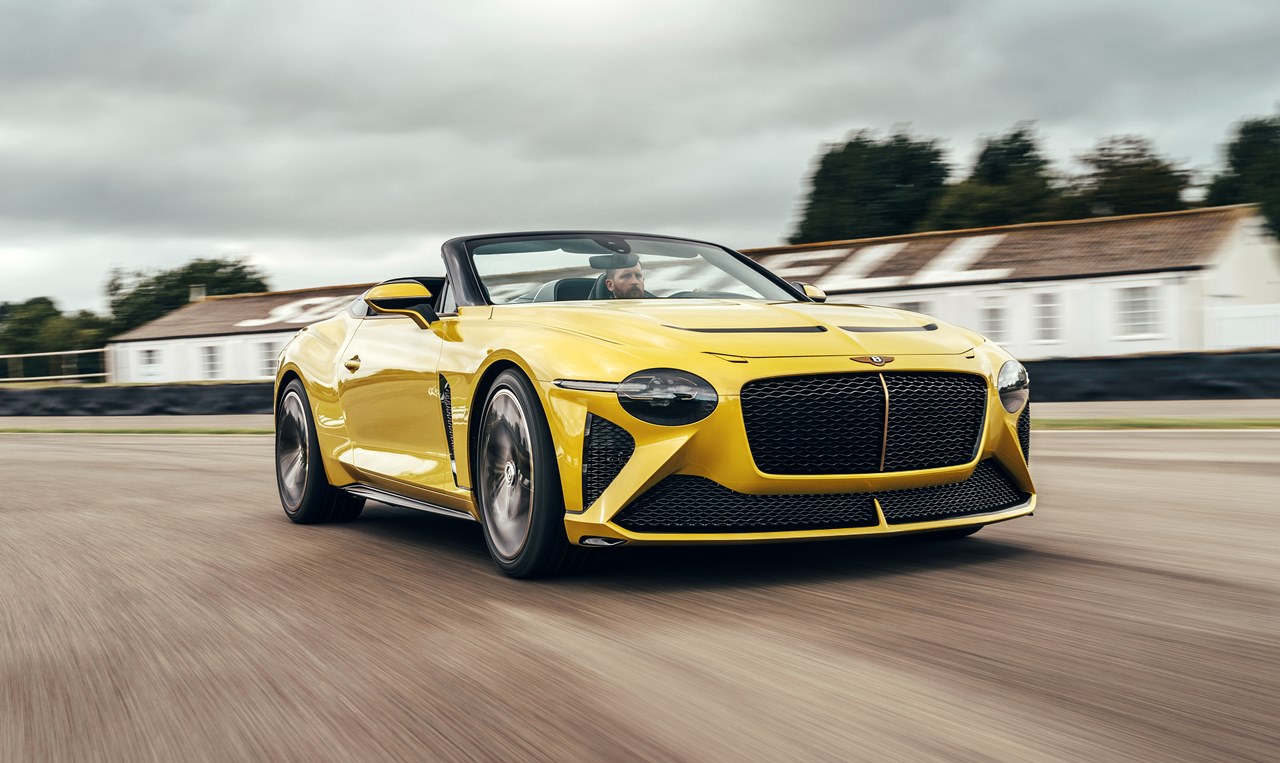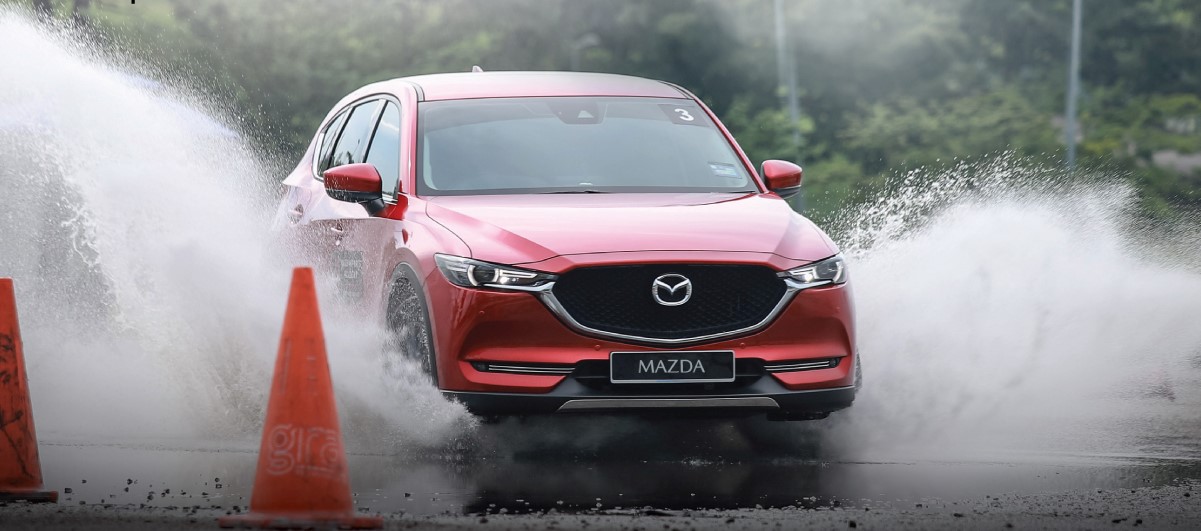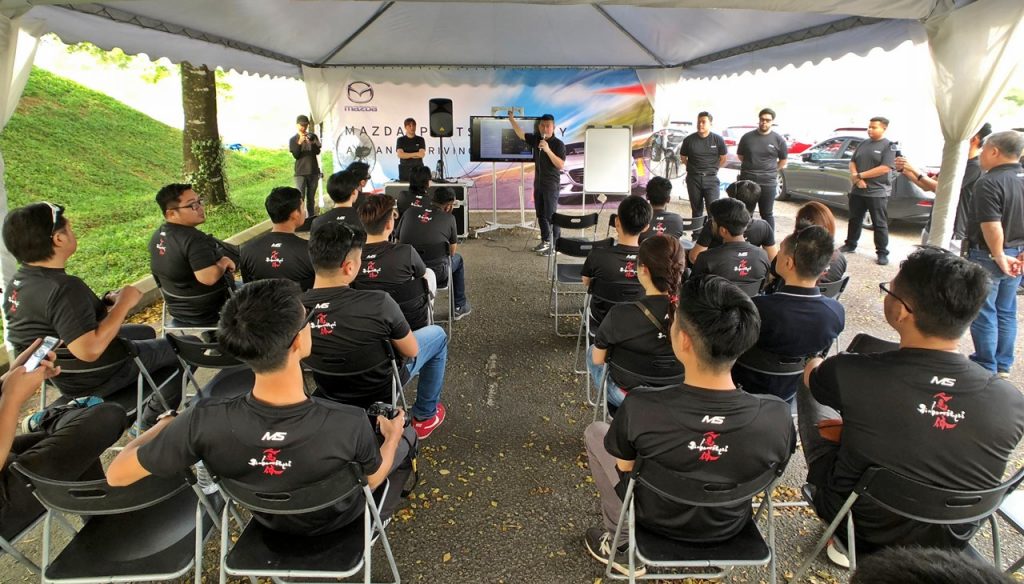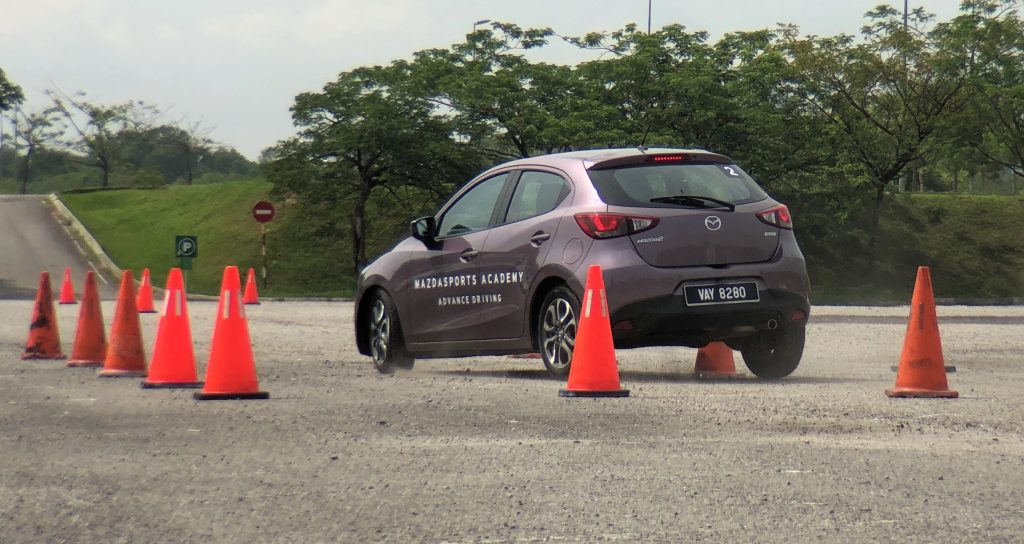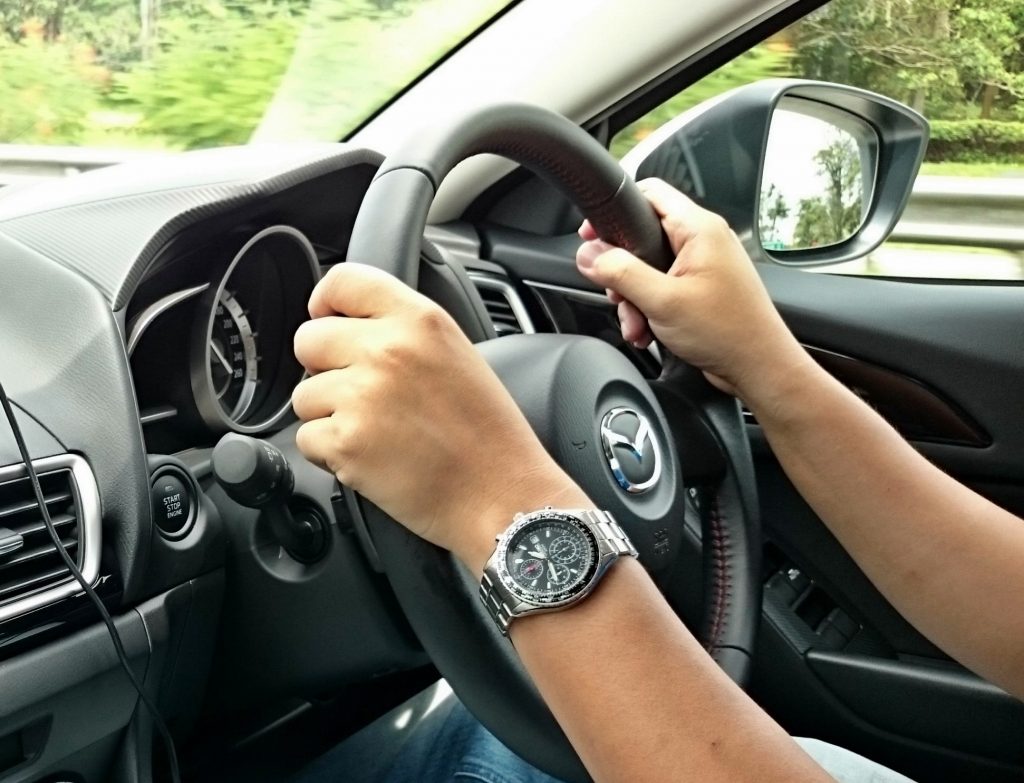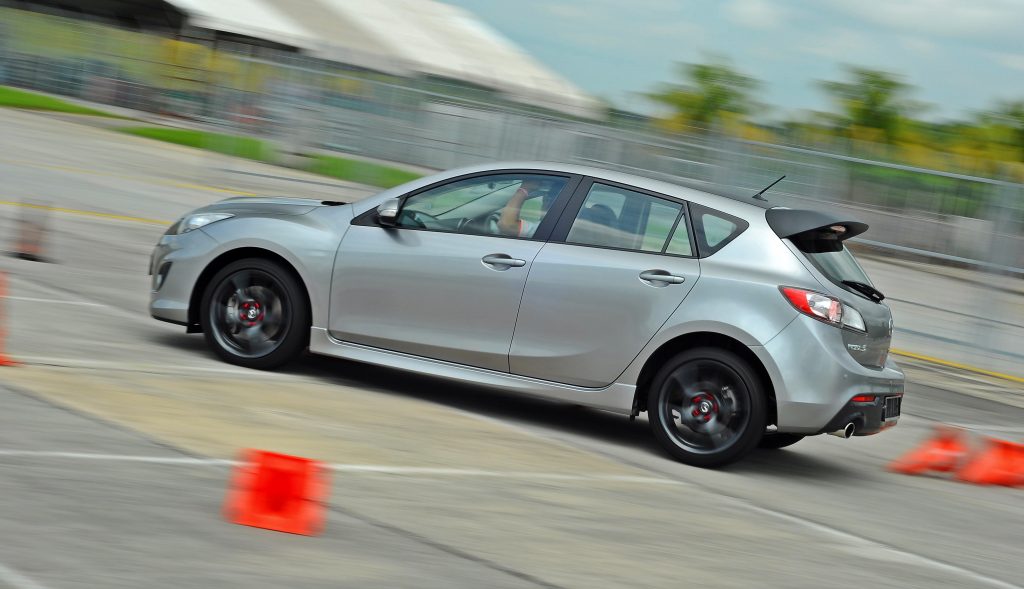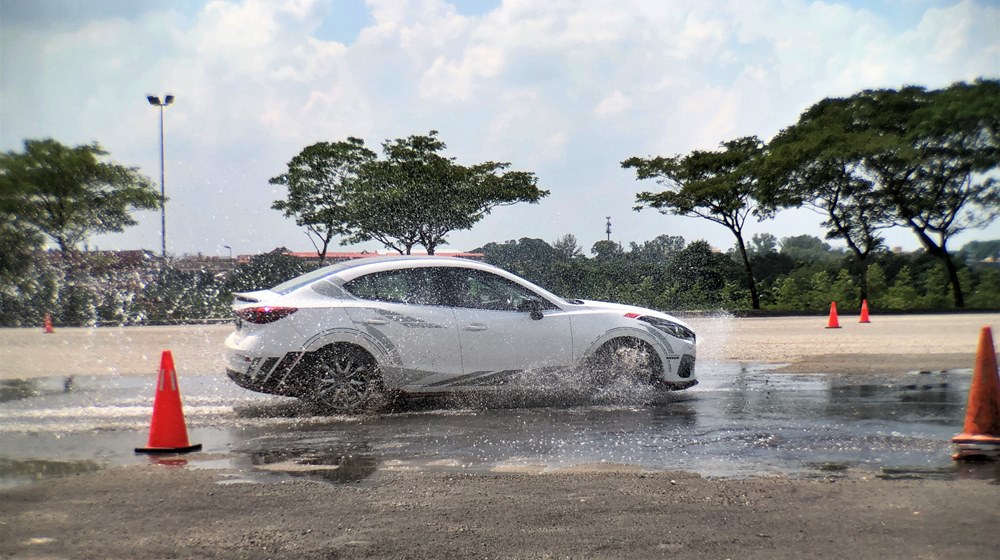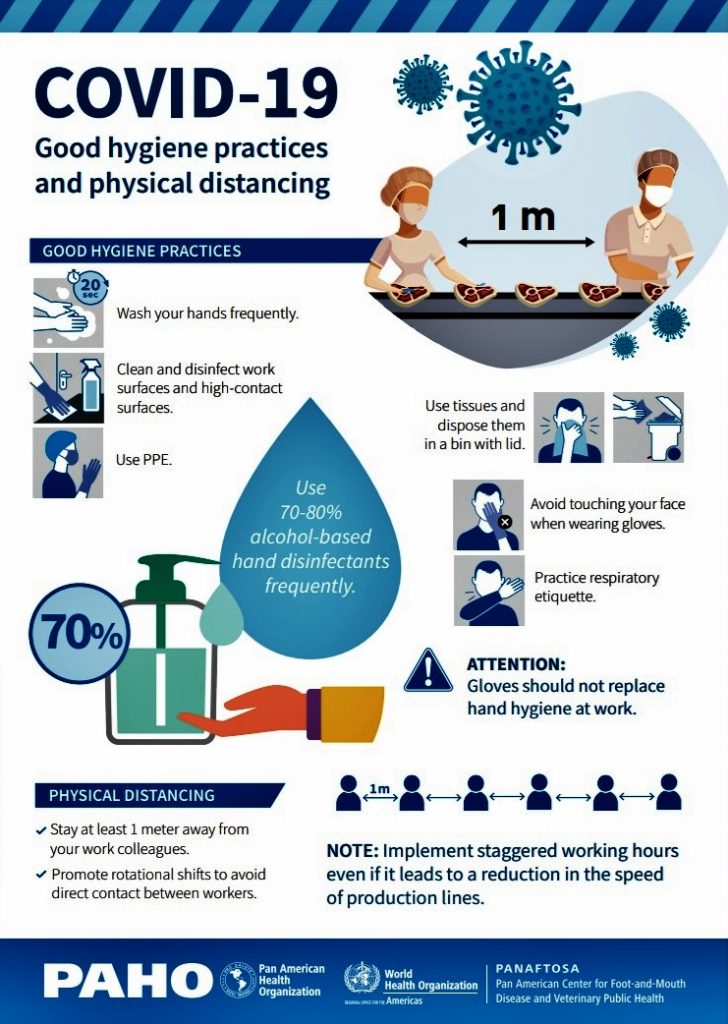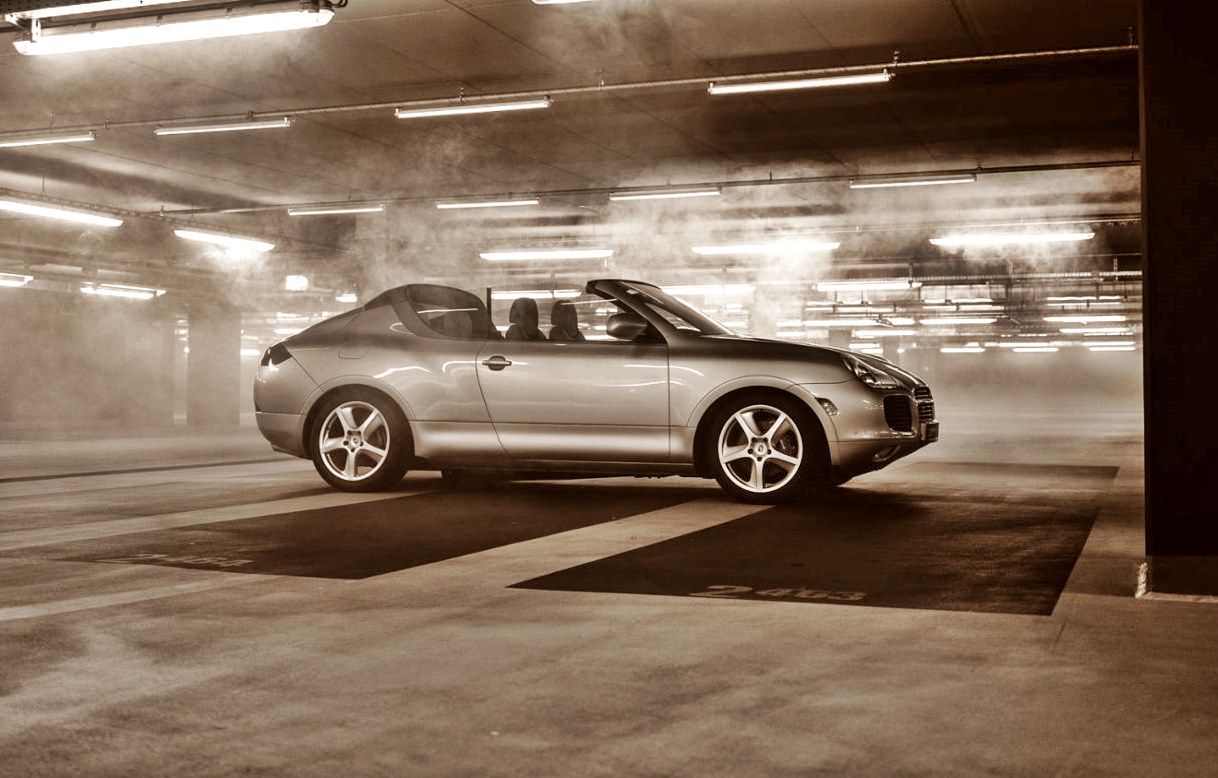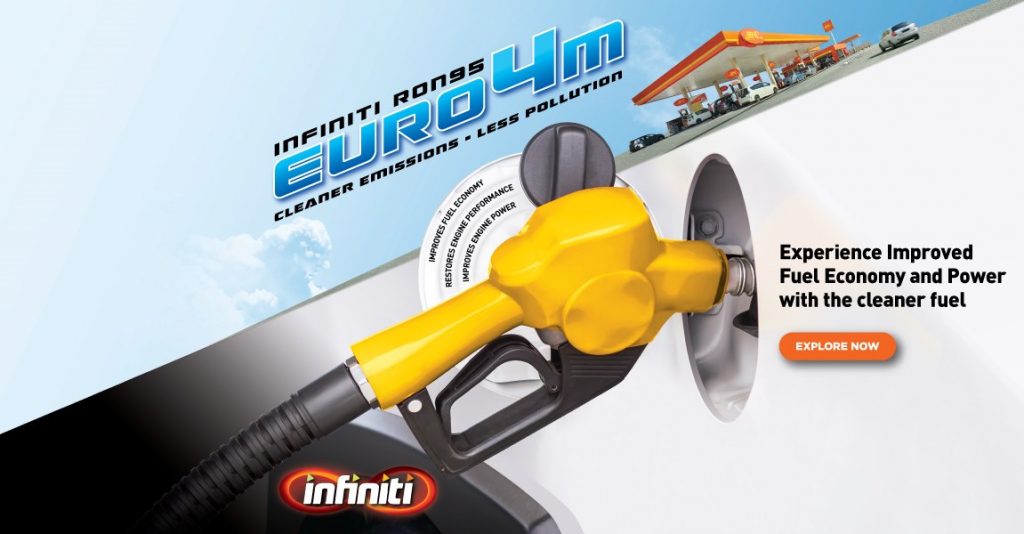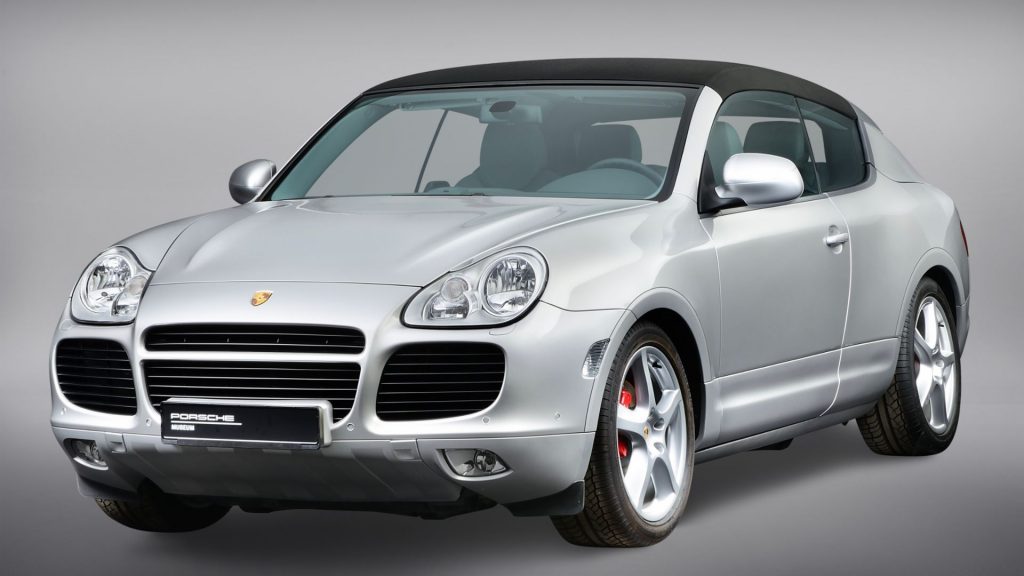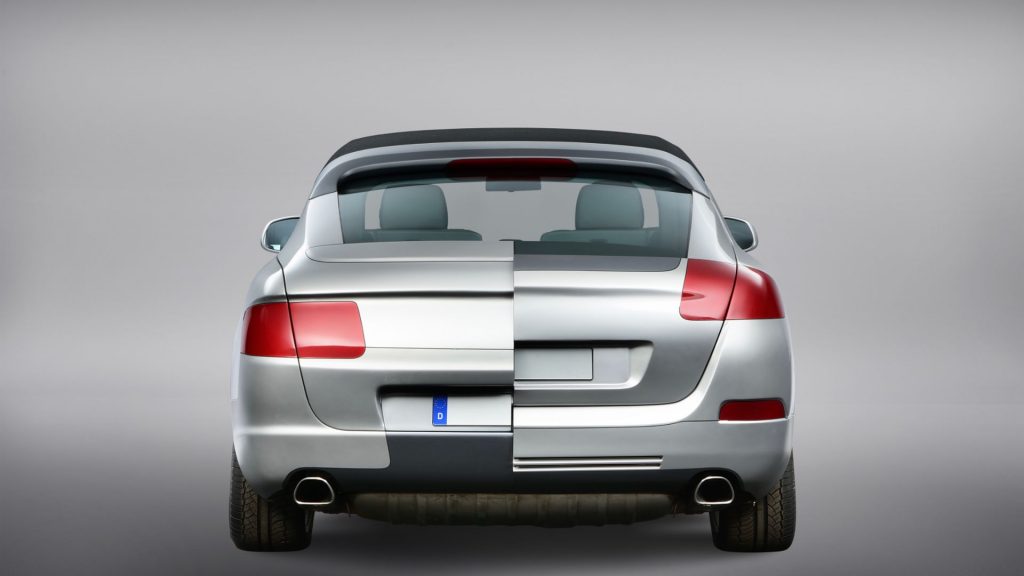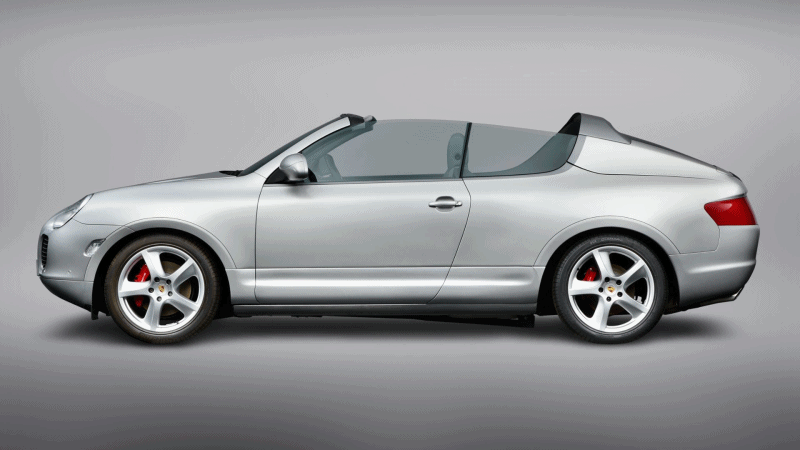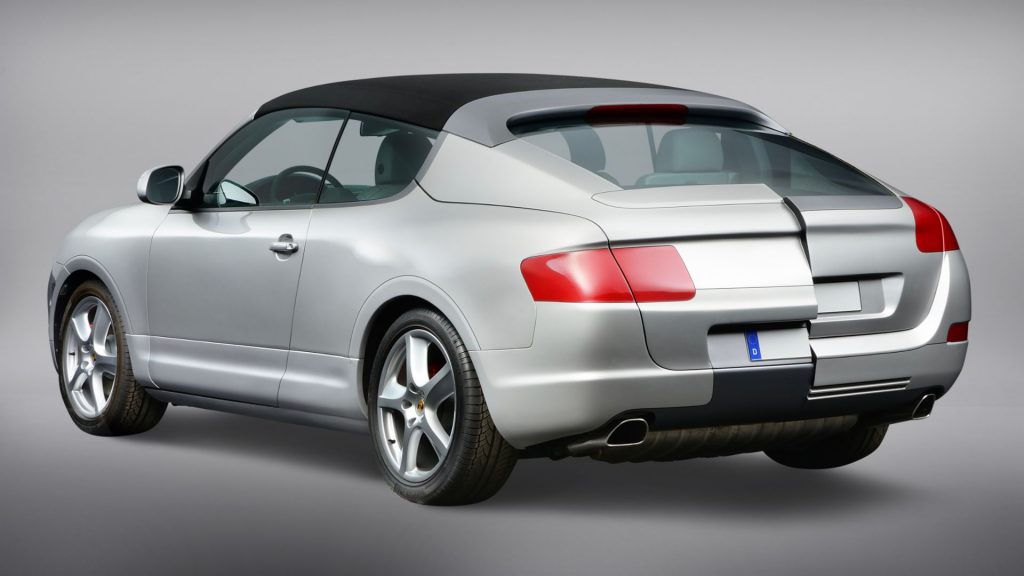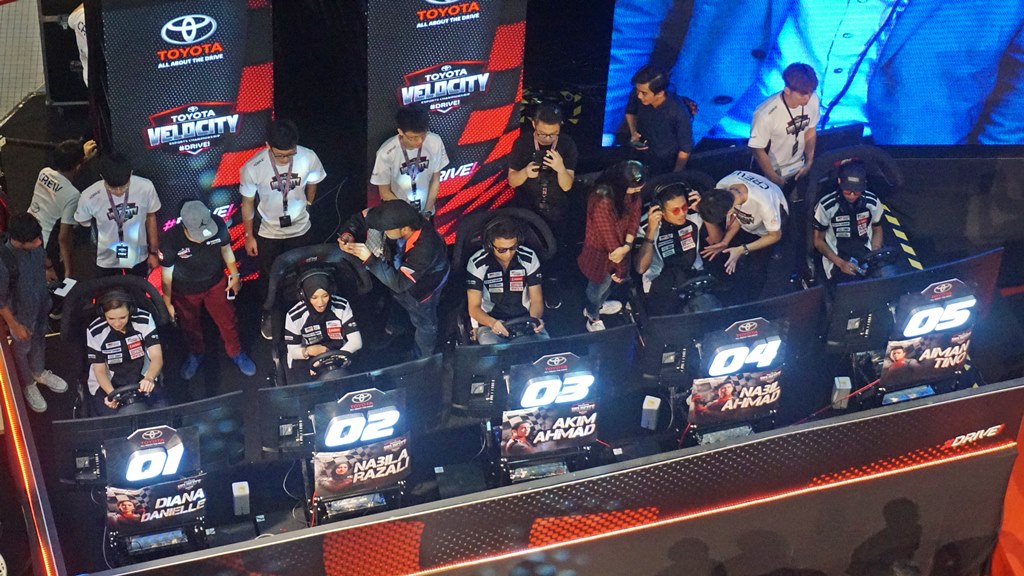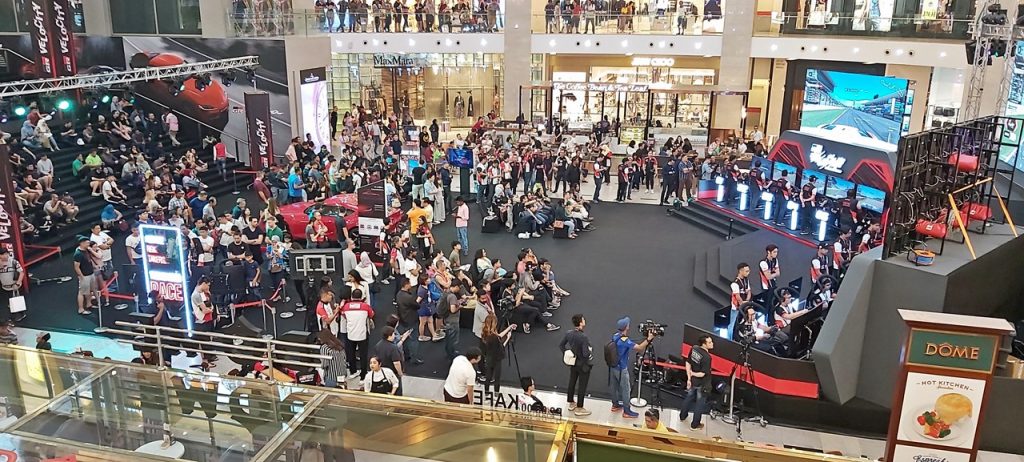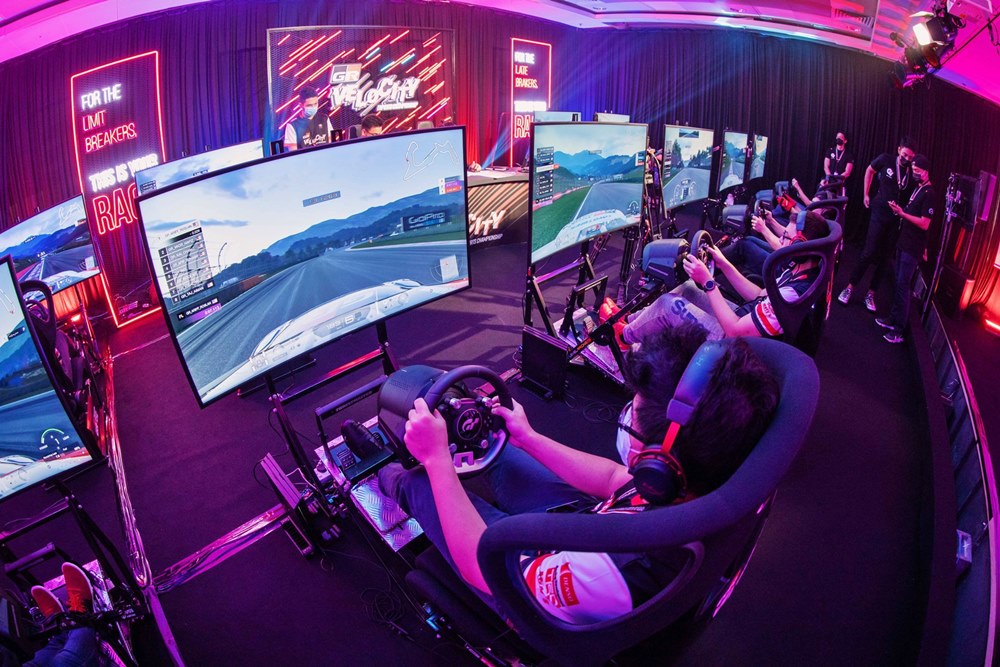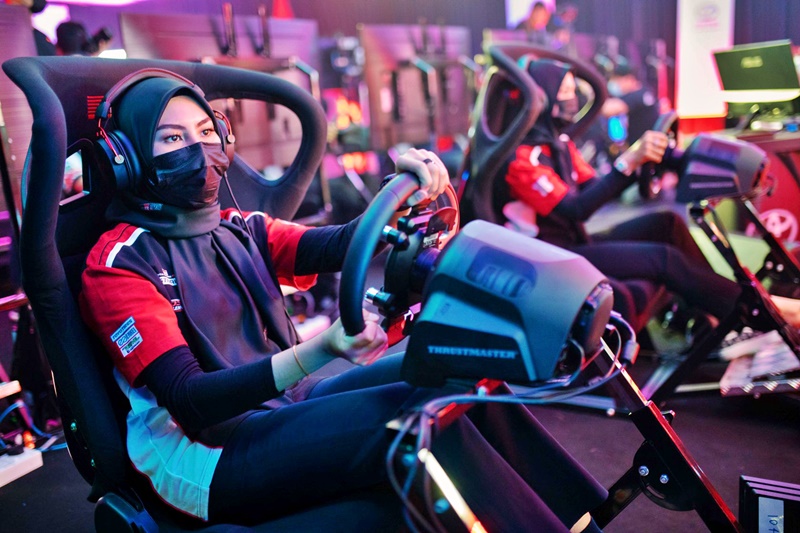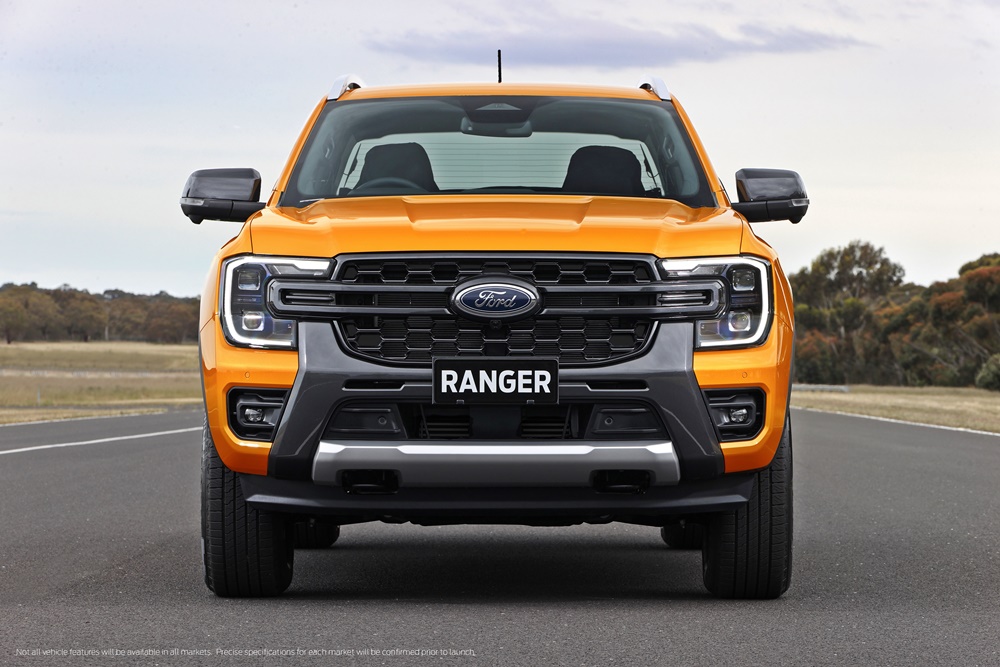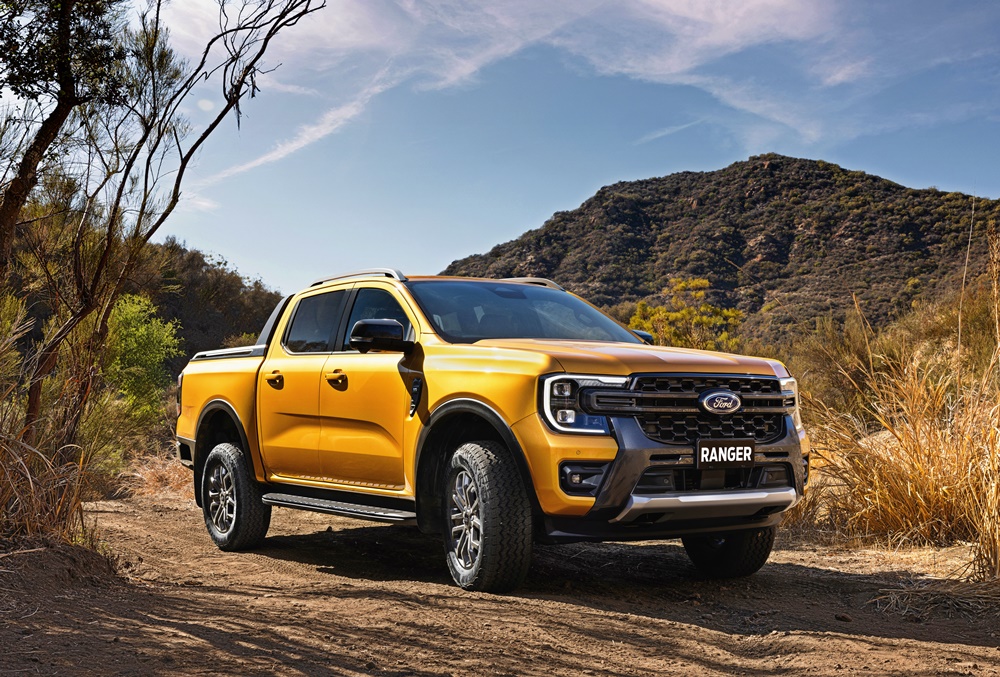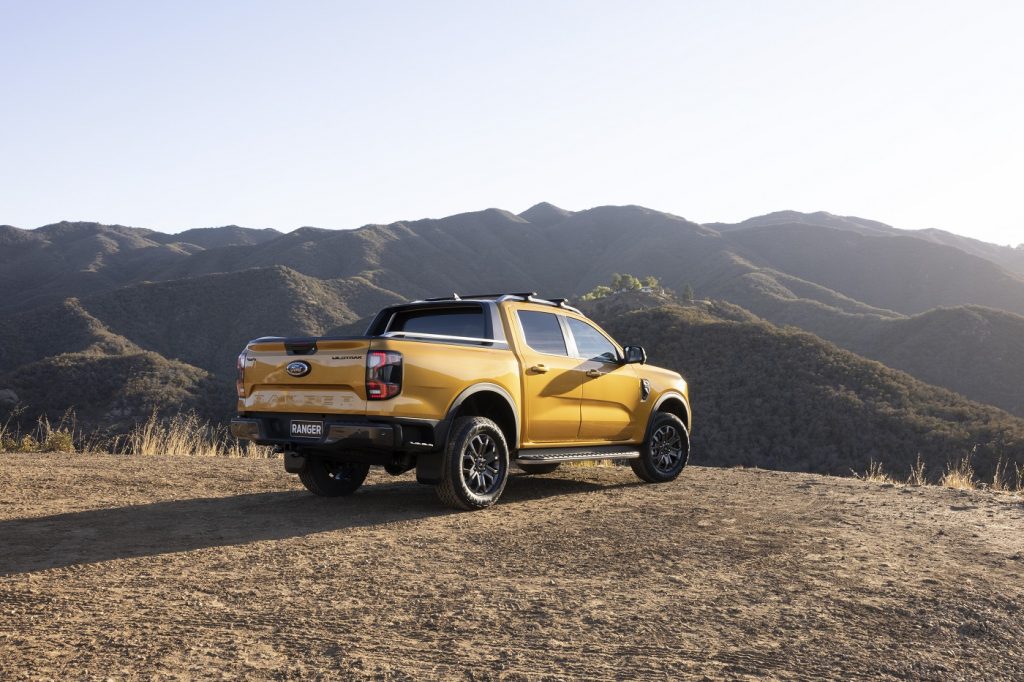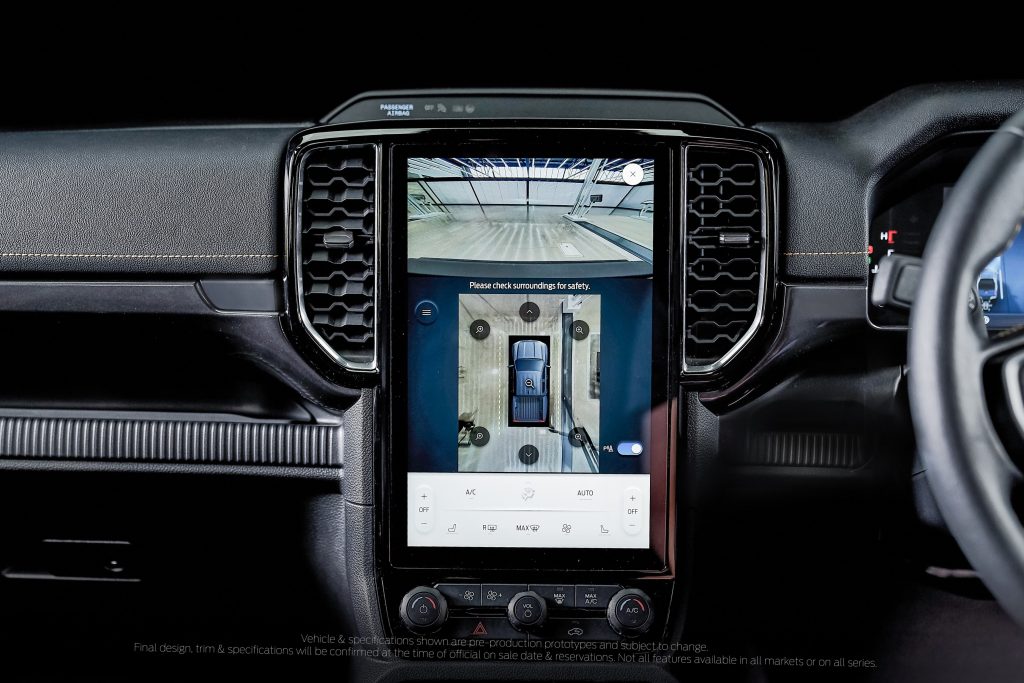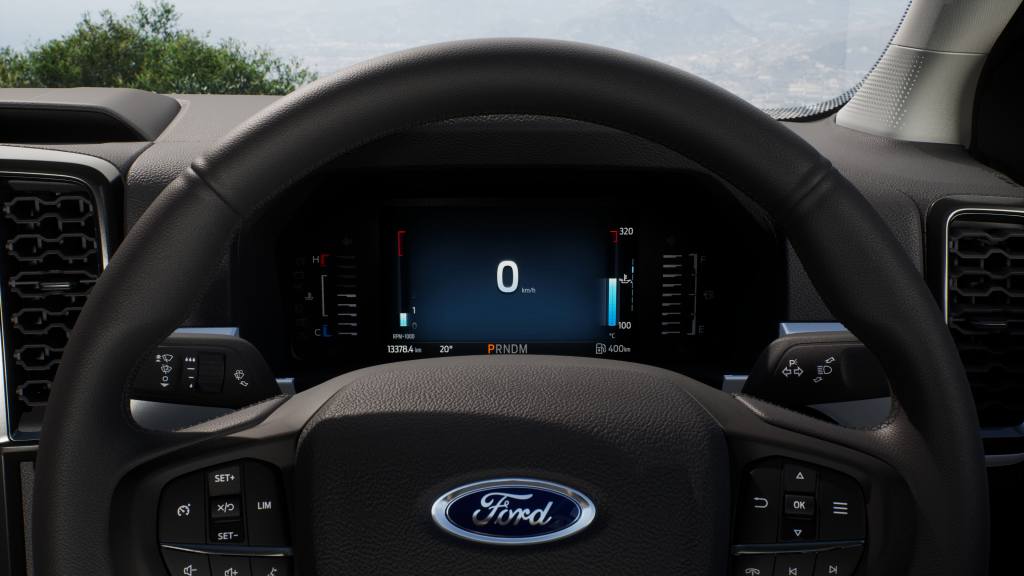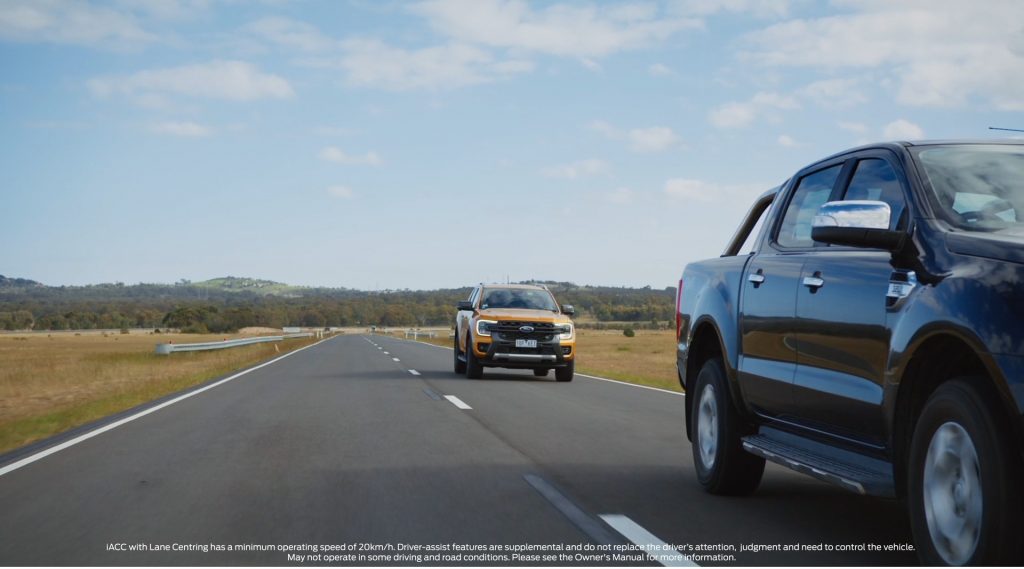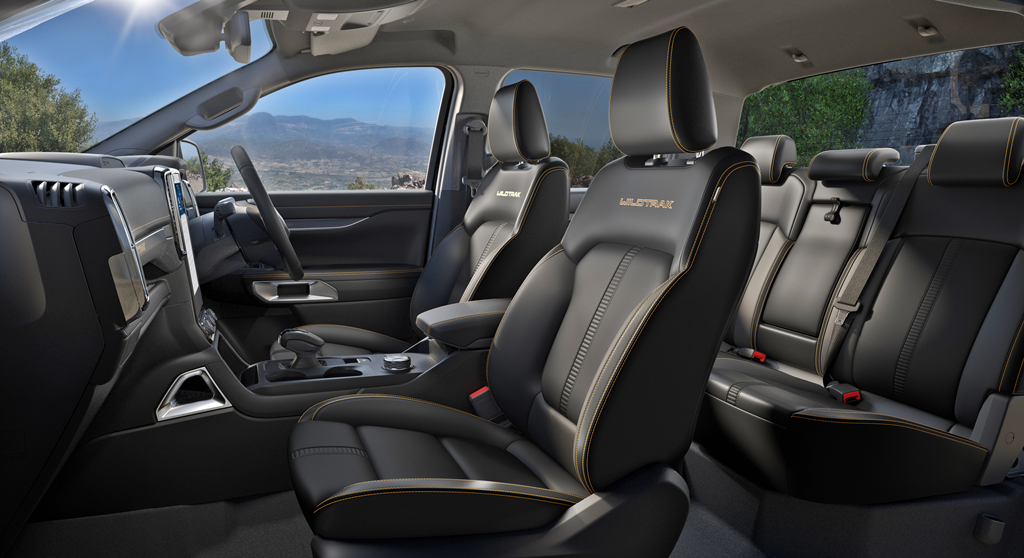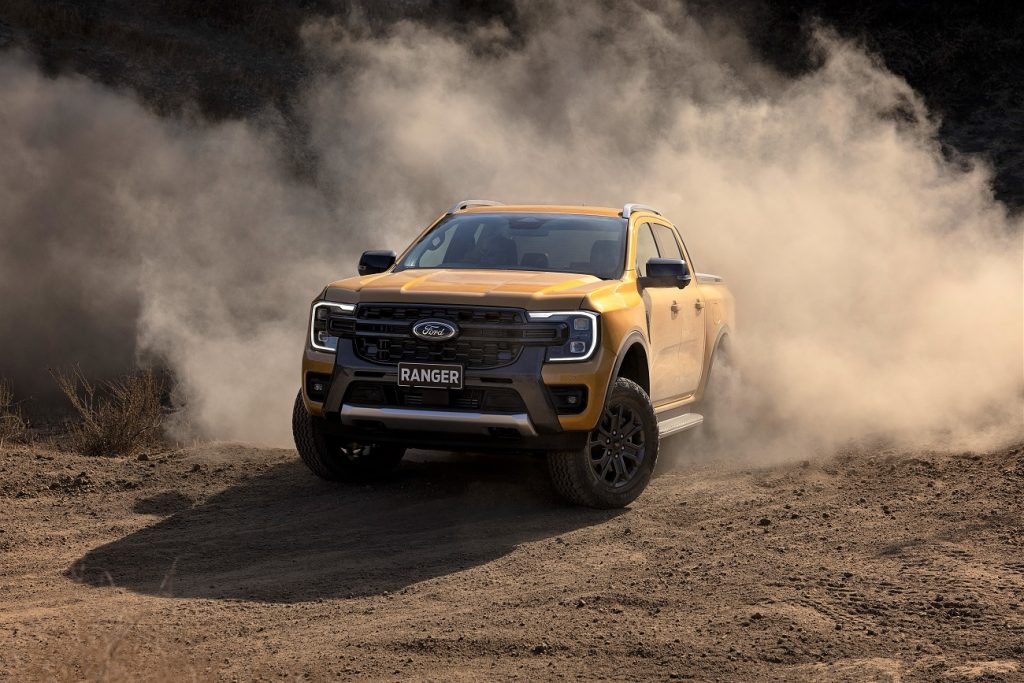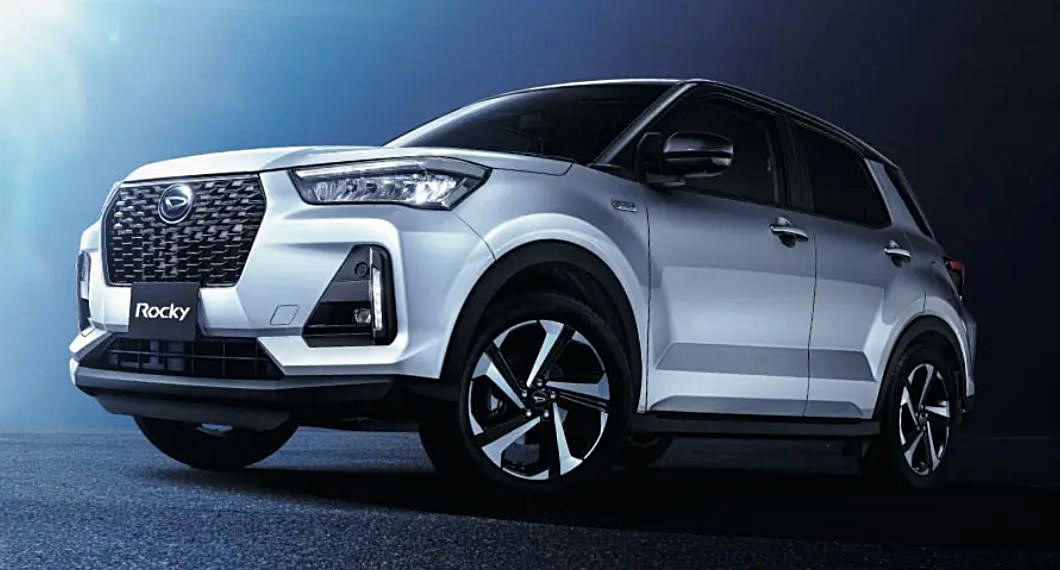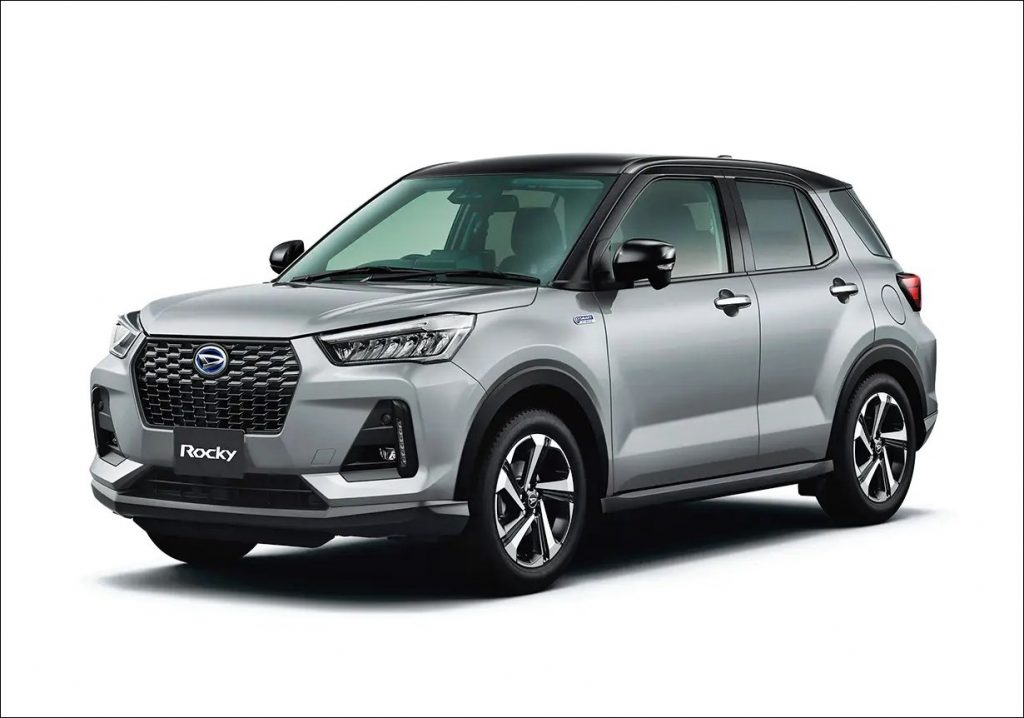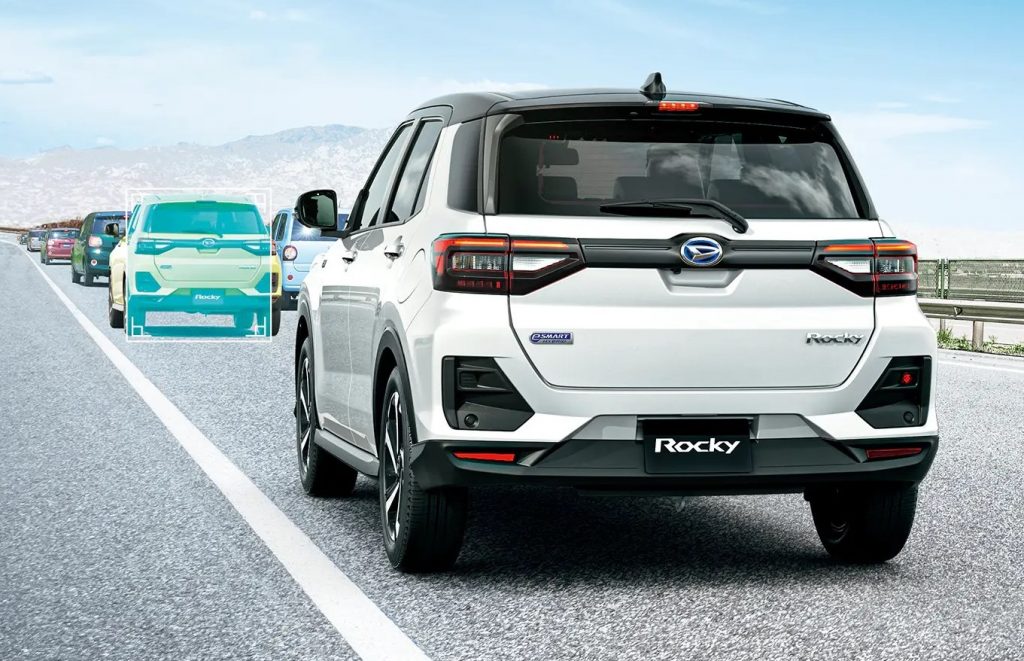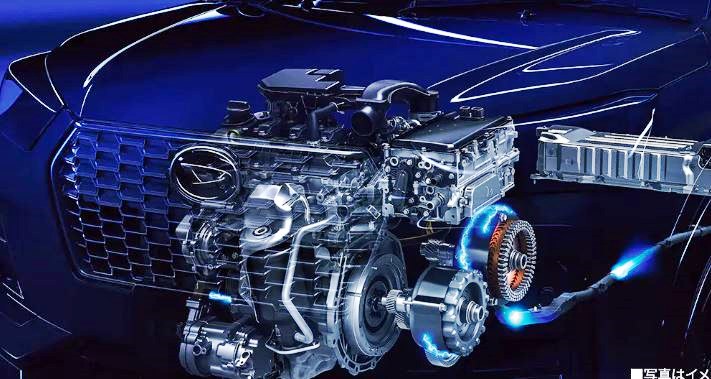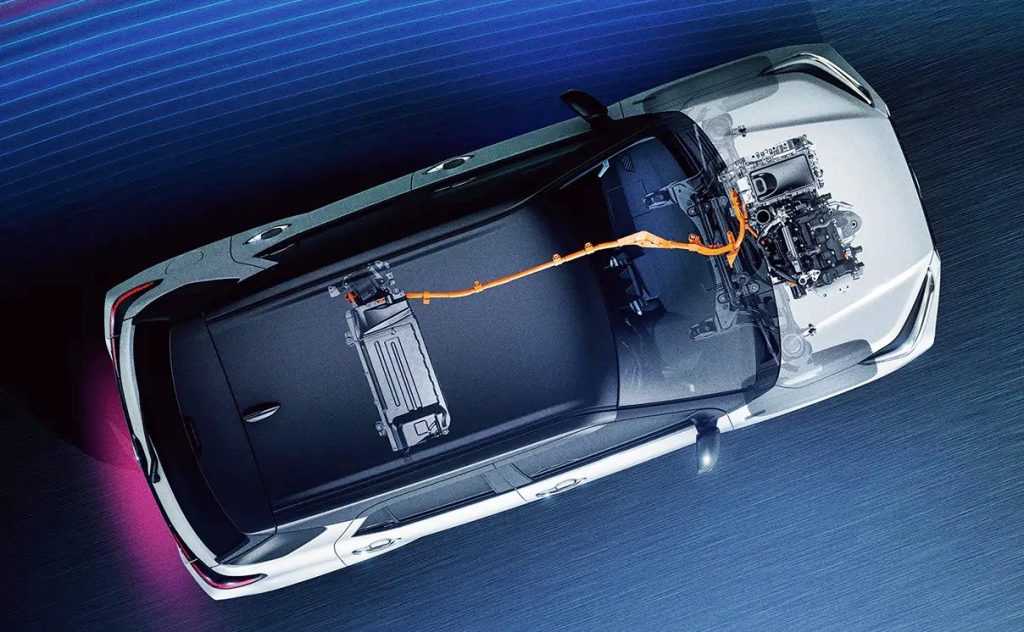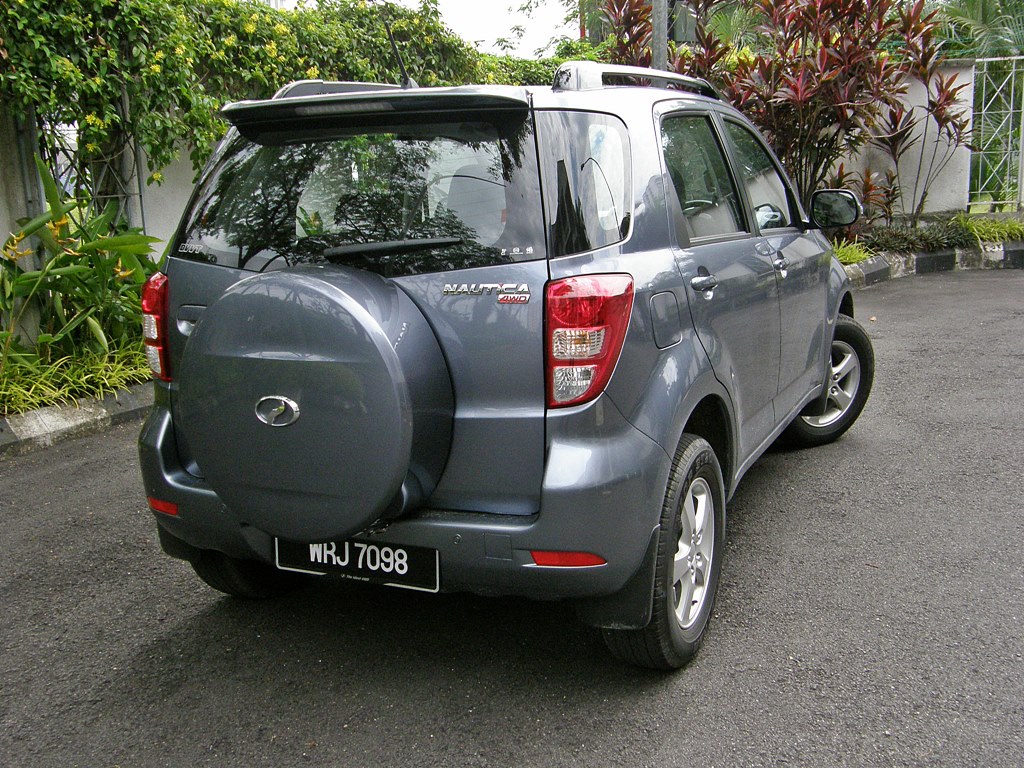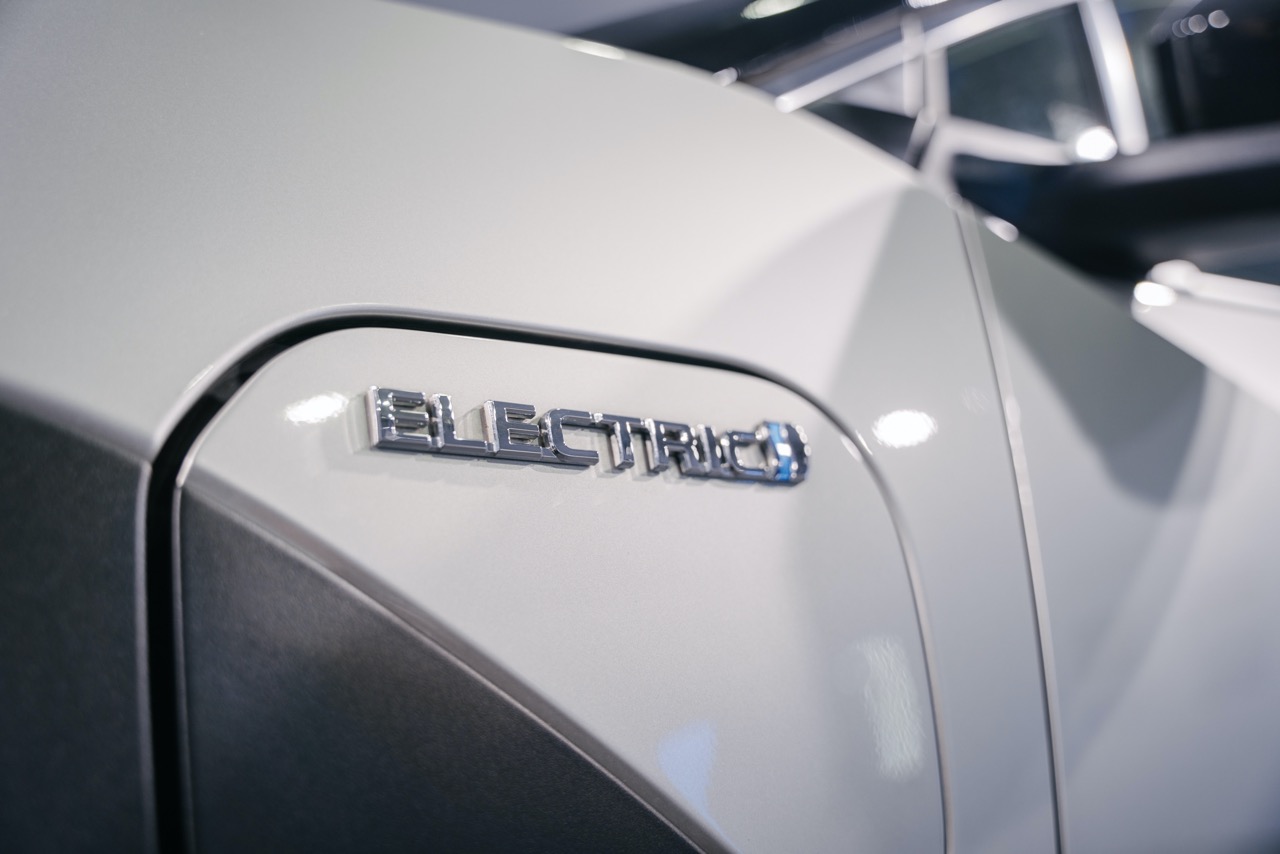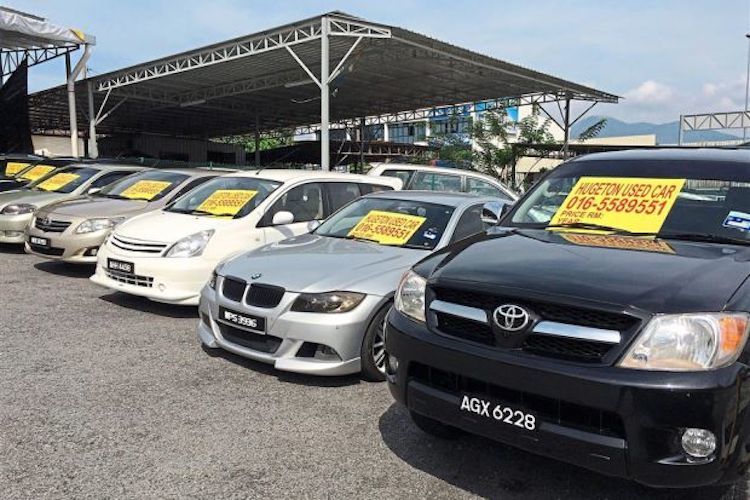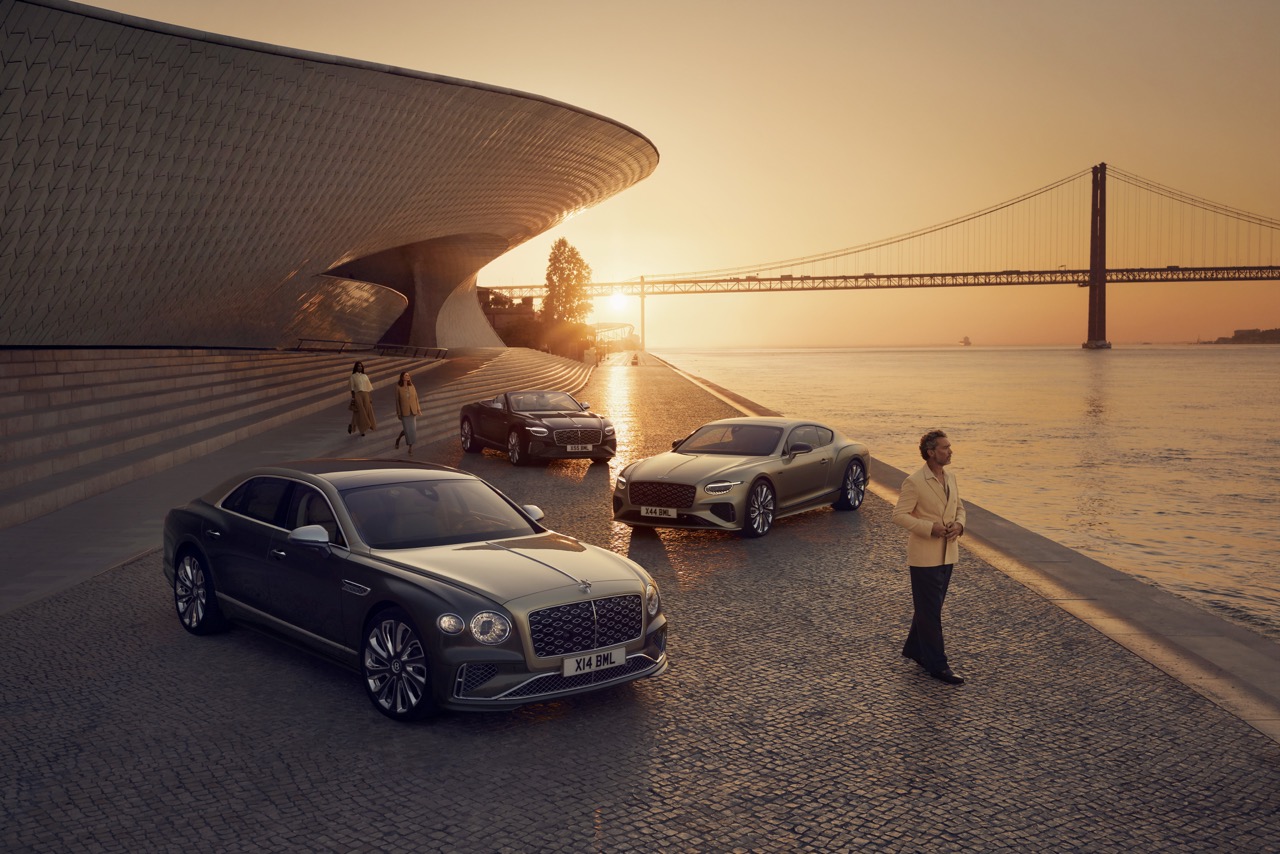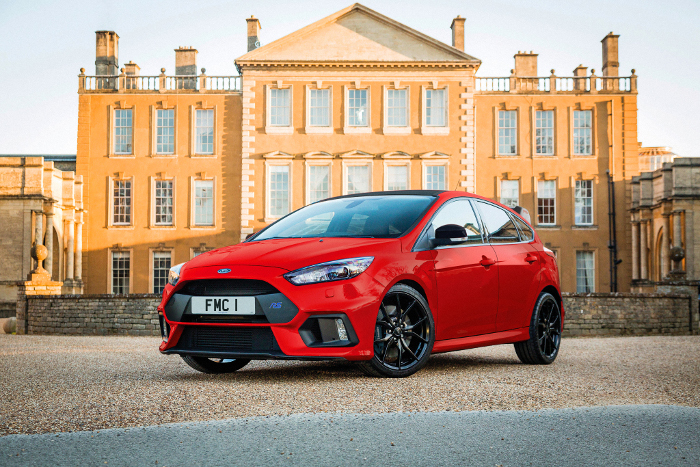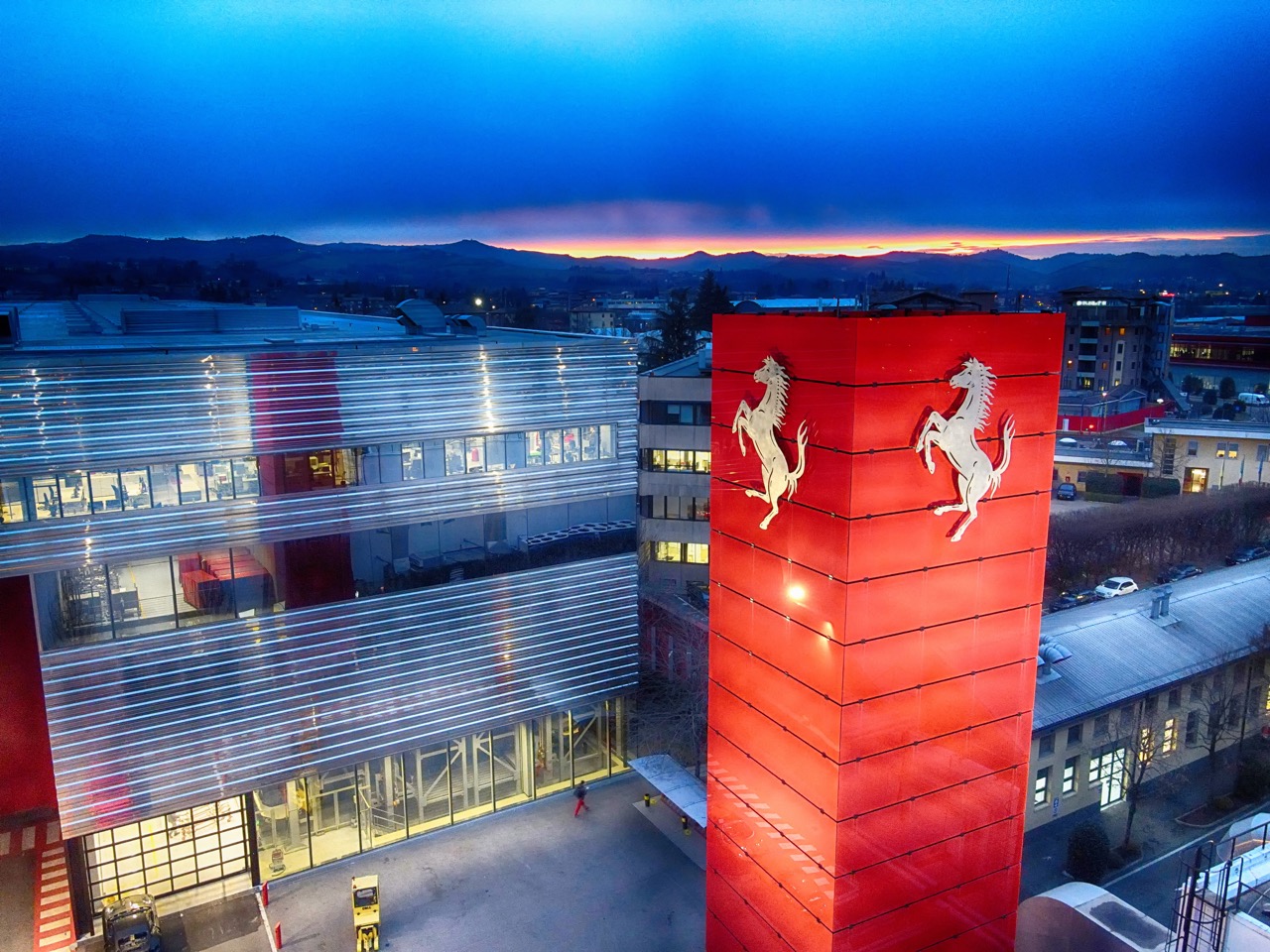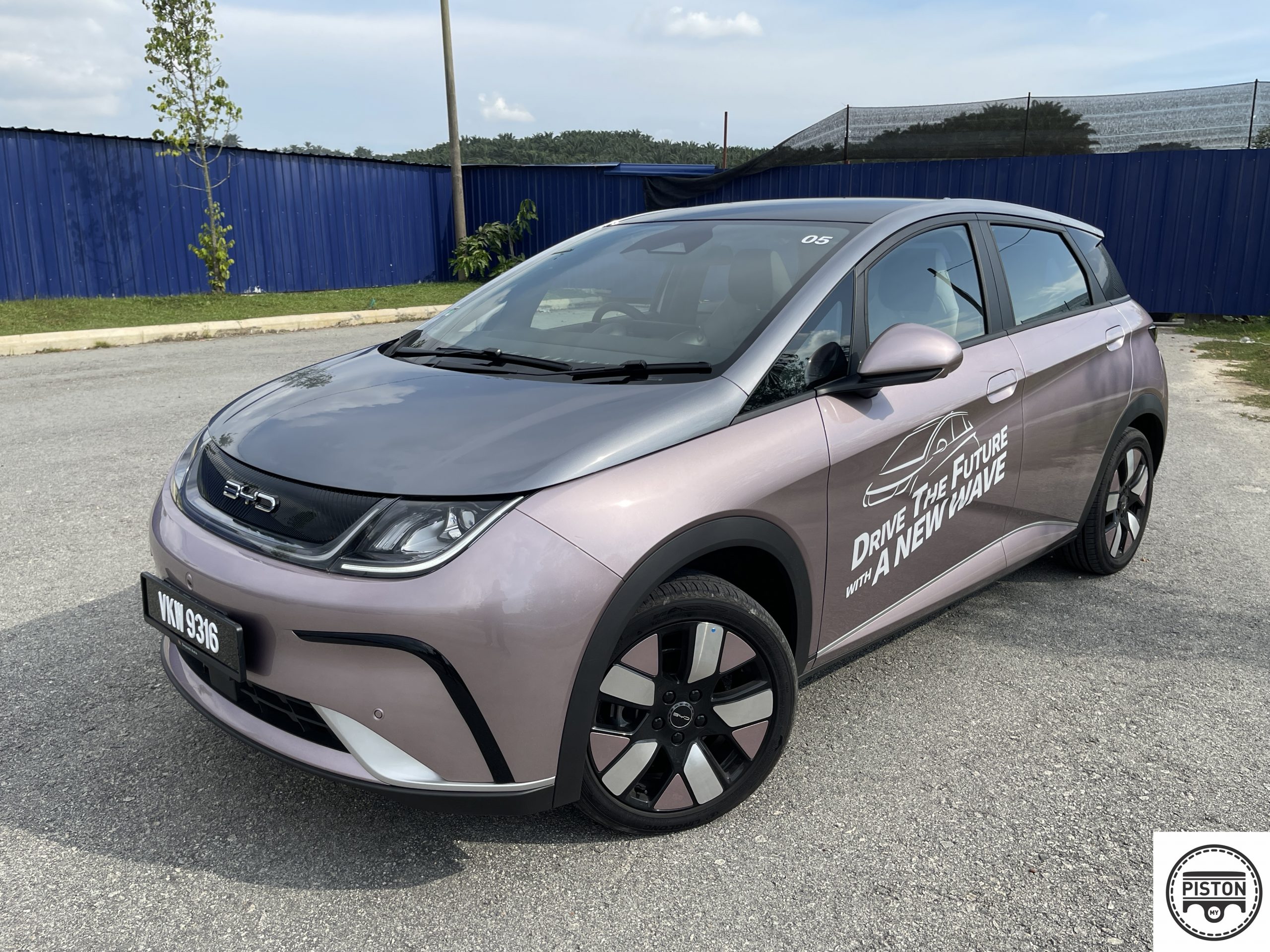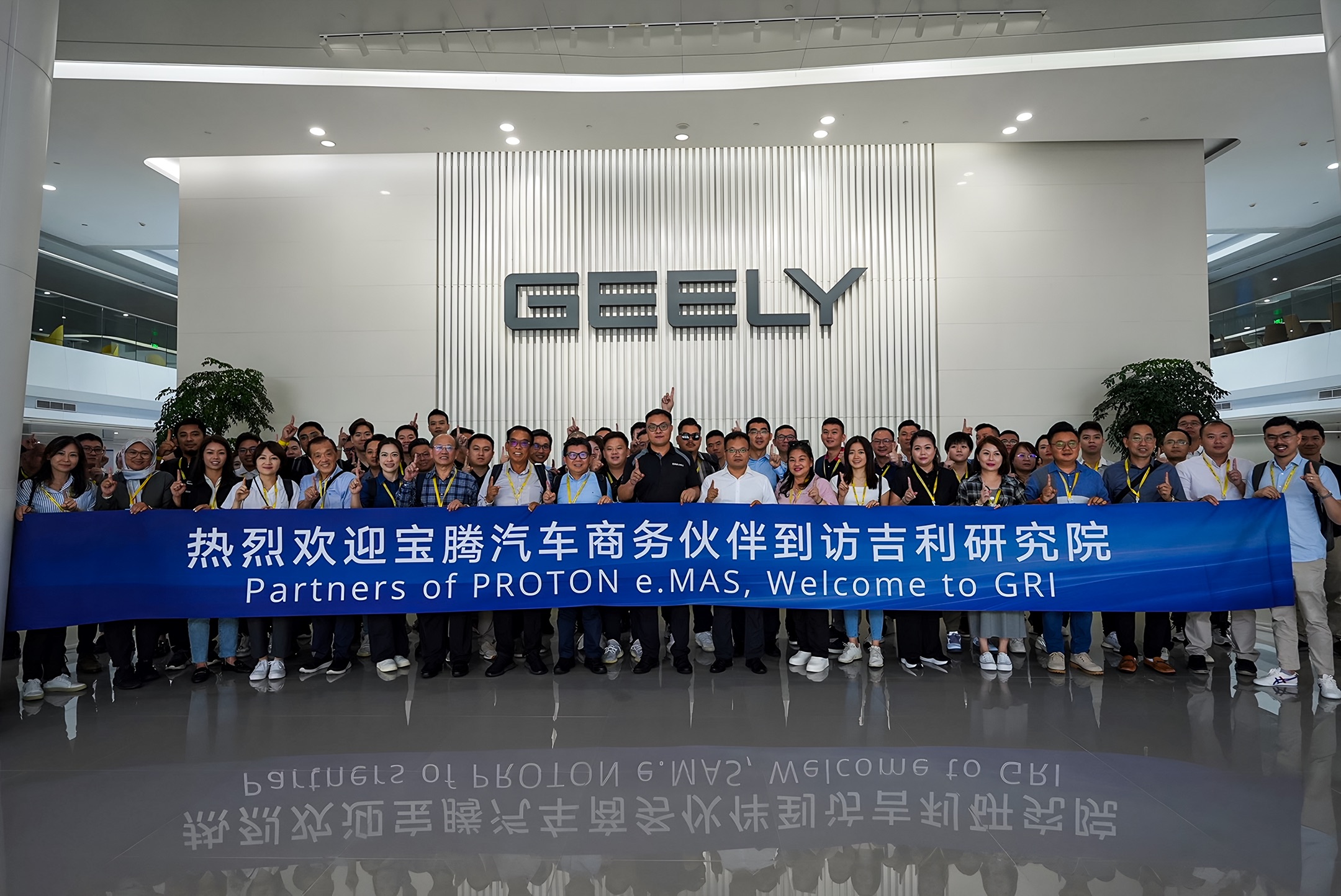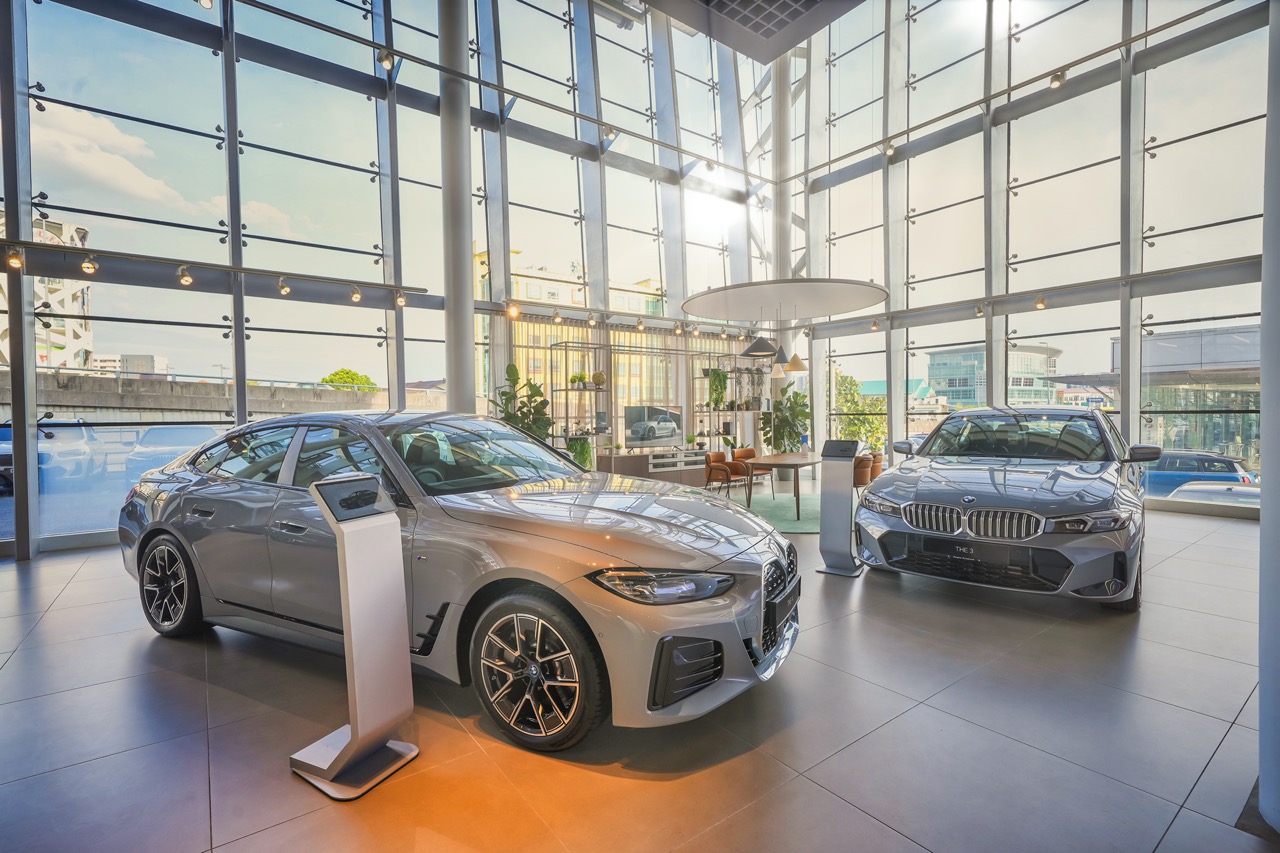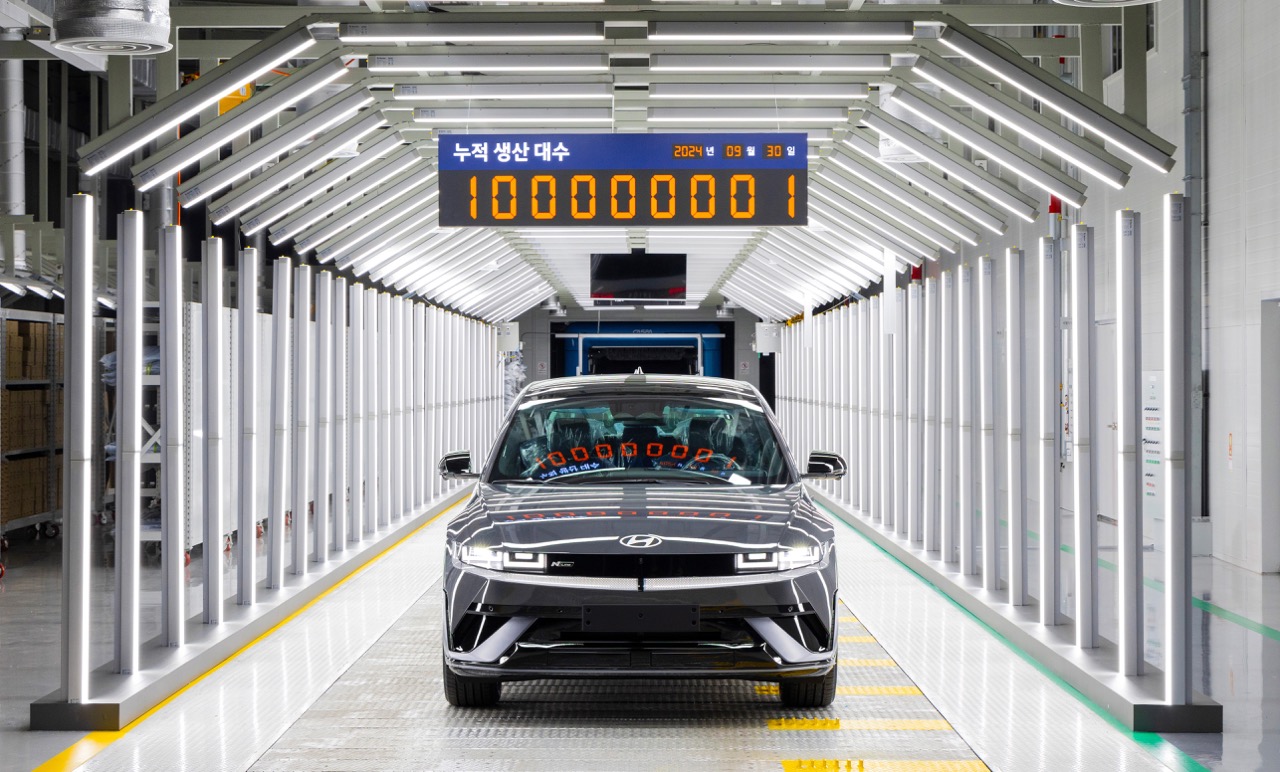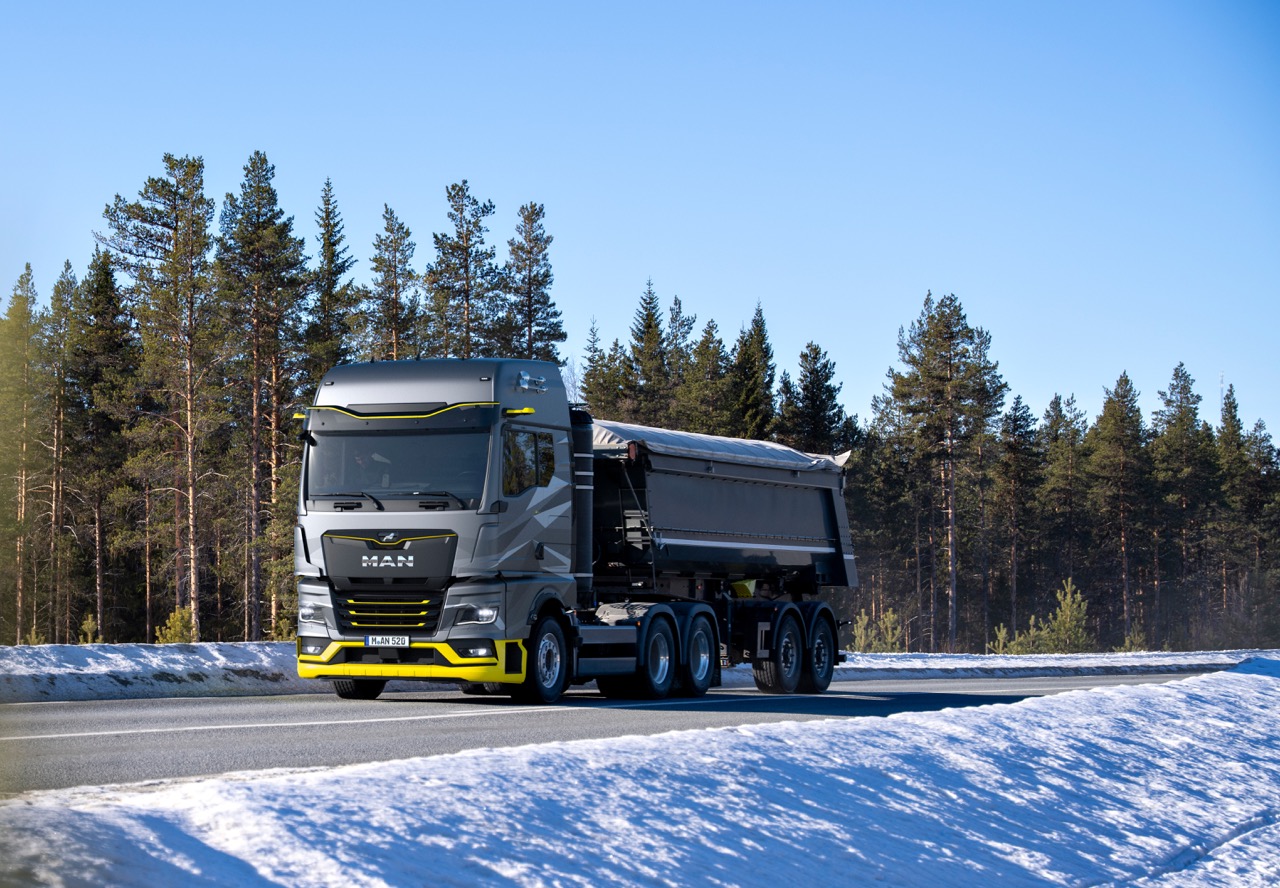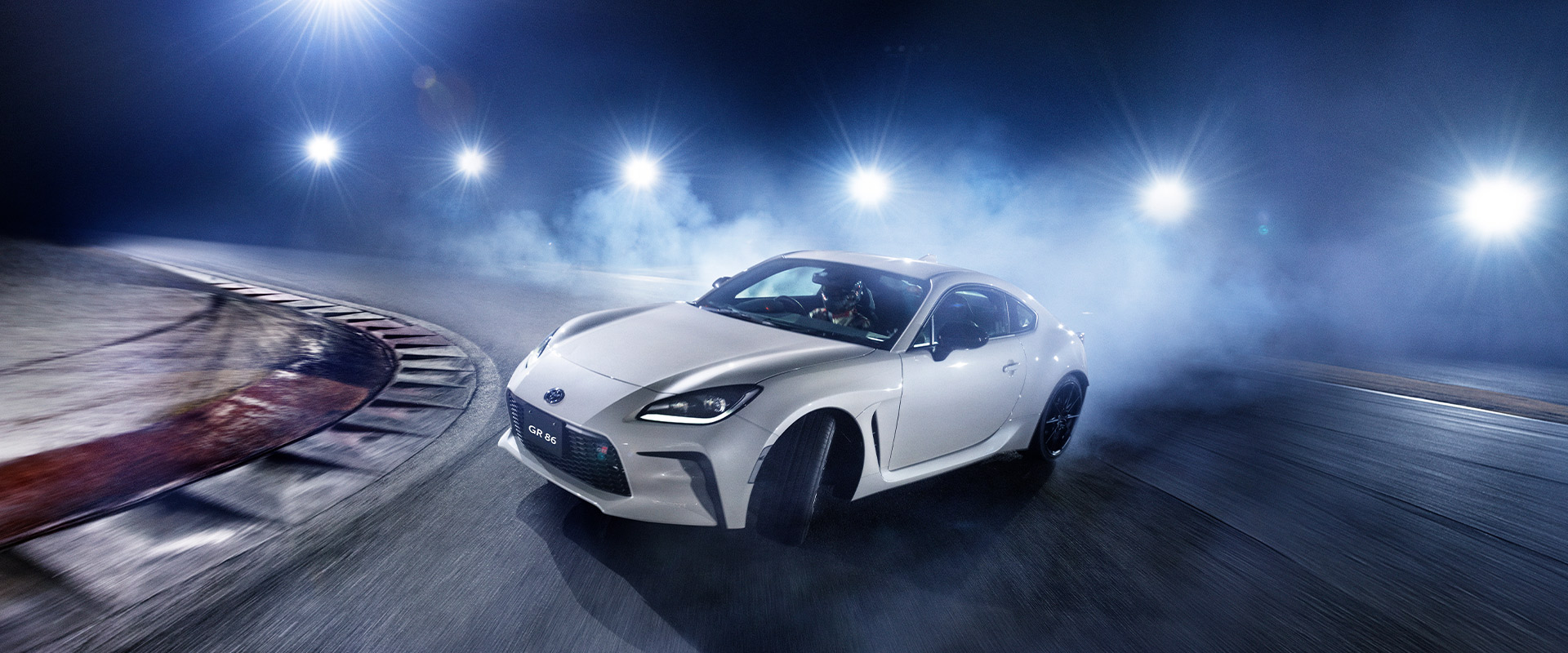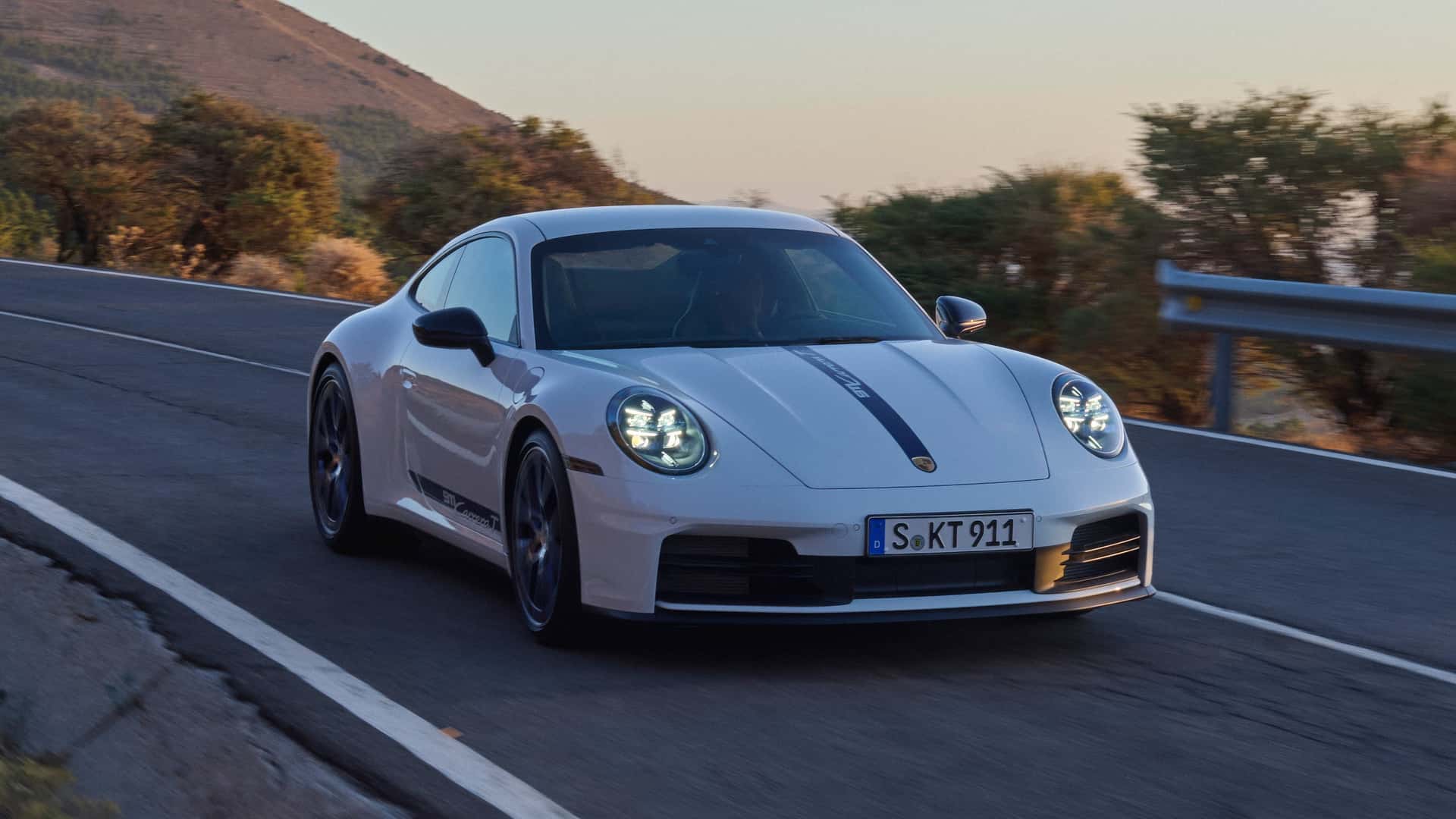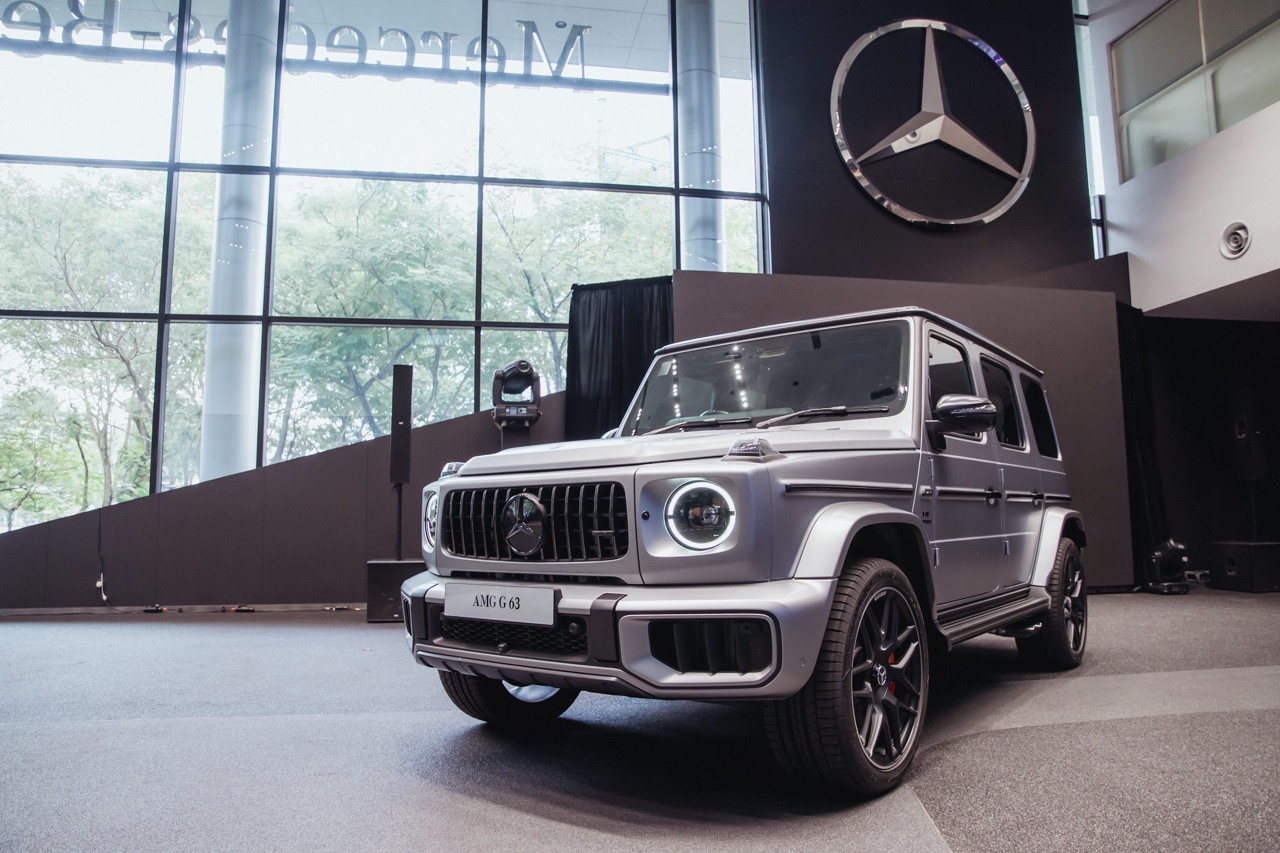The Bentley Bacalar by Mulliner was unveiled in March 2020, just as the COVID-19 pandemic was starting to sweep across the world. Though a model of significance, it was overshadowed by global affairs that included shutdowns of industries and businesses in many countries. Nevertheless, when introduced, it already found customers for all 12 units to be built.
This exceptionally rare car is appropriately named after Laguna Bacalar in Mexico’s Yucatan peninsula, a lake renowned for its breathtaking natural beauty, continuing Bentley’s strategy of naming cars after remarkable landmarks which started with Bentayga in 2015.
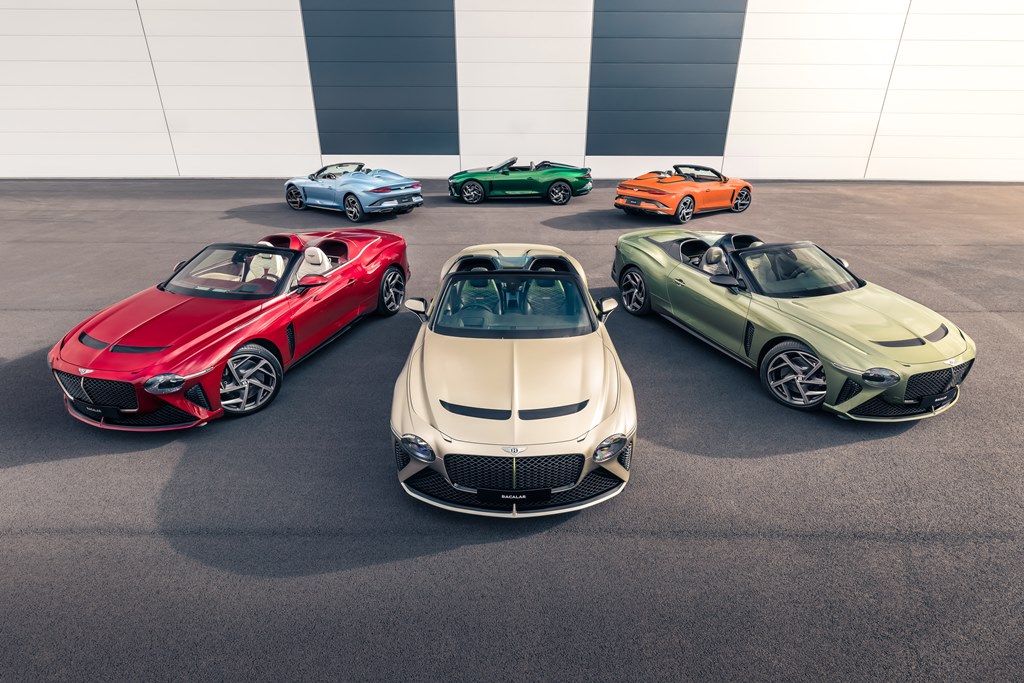
Pinnacle bespoke project
The Bacalar represents the first in a new series of pinnacle bespoke projects that have spearheaded a return to coachbuilding by Bentley Mulliner – the oldest coachbuilder in the world. Eight units have been delivered to customers, with four more to soon be finished. Once their work is finished, the Mulliner team to focus attention towards their next project, which the carmaker says will be revealed soon.
The Bacalar also launched a new Bentley Mulliner operation, part of a new strategy that will see the division offer three different portfolios: Classic, Collections and Coachbuilt.
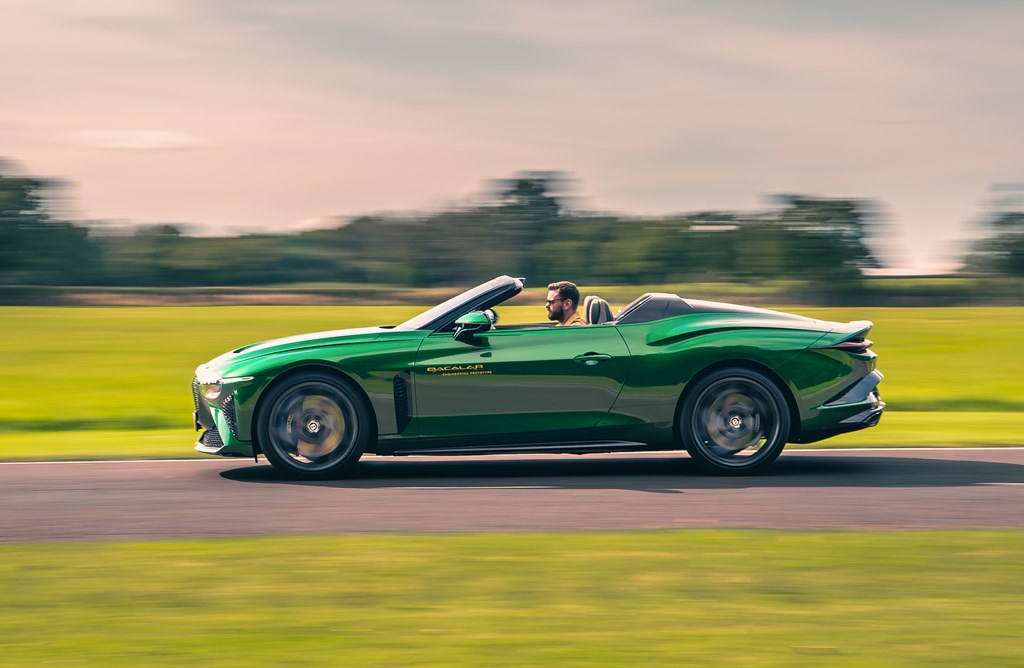
6 months of work
With the level of handcraftsmanship, each car has taken around 6 months to complete. Needless to say, each one is unique in more than just the colour as each customer has chosen from a myriad of options and materials. For the Bacalar, Bentley Mulliner revived its specialism in providing rare coachbuilt cars to discerning customers.
A roofless Barchetta design with all-new and highly muscular coachwork, the Bacalar has a carbonfibre bodyshell. The car sits on unique 22-inch Tri-Finish wheels, with polished faces, dark grey satin spokes and accent highlights to complement the exterior.
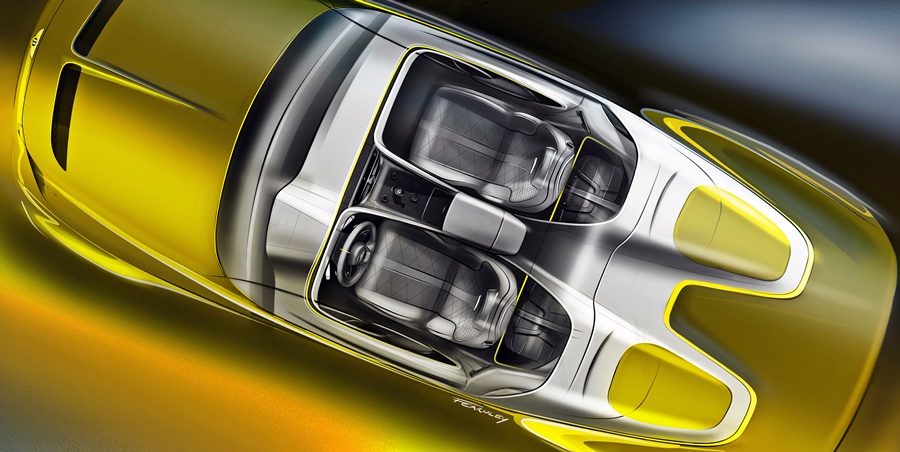
“Designing a Bacalar is an exercise in imagination, with the material, colour and finish of practically every interior and exterior surface being bespoke. Regardless of personal style, whether it be specifying a bold Yellow Flame exterior paint synthesised with rice husk ash, or a more subtle Moss Green that reflects Bentley’s heritage, developing personalised artisan piping, or co-creating a unique fabric blend, the Bacalar has provided all of these opportunities,” said Maria Mulder, Head of Colour, Materials and Finishes.

6-litre 12-cylinder engine
The Bacalar is powered by an enhanced version of Bentley’s 6.0-litre, W12 TSI engine. Claimed to be the most advanced 12-cylinder engine in the world, it produces 659 ps/900 Nm. An advanced Active All-Wheel-Drive System varies the torque split between front and rear wheels. It allows the Bacalar to use rear-wheel drive as much as possible during normal driving for optimum efficiency and dynamic performance.
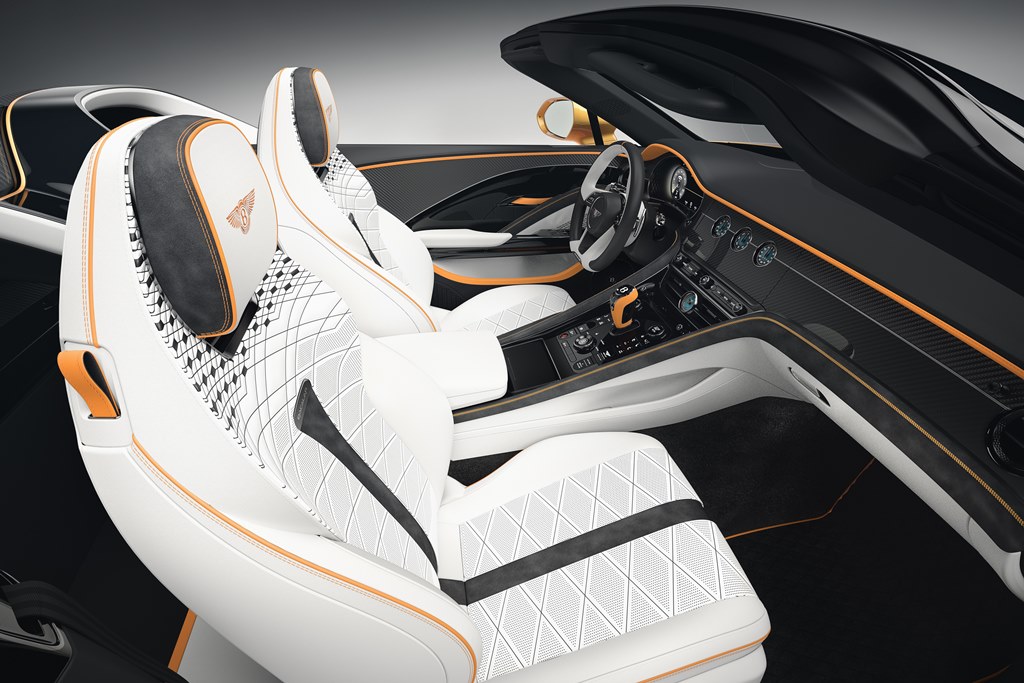
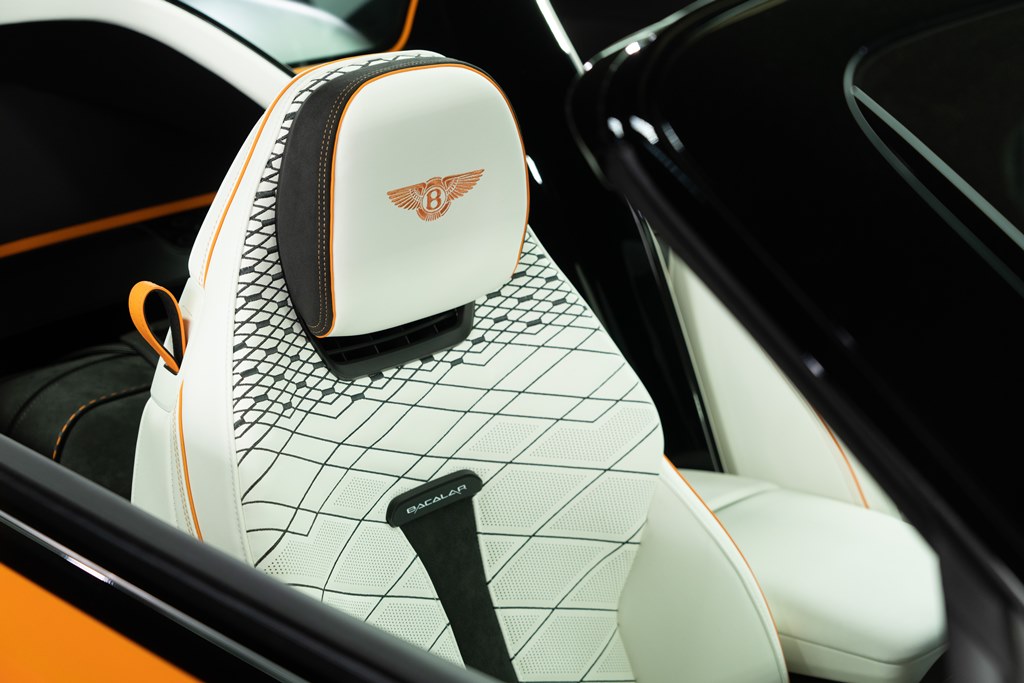
Uniquely designed details and features in the cabin emphasise the coachbuilt character of the car, with an almost infinite number of ways for the 12 customers to express their personal taste and commission a unique interior. From the use of precious inlays and unique finishes to the driver controls, to the 148,199 individual stitches needed to embroider the unique Bacalar quilt on each seat, owners will find details and components not seen before on a Bentley.
Displayed at Goodwood Festival of Speed
One of the finished Bacalars was shown off at this year’s Goodwood Festival of Speed in England where it was also handed over to its new owner. The car was finished in bespoke Sunset Orange, with customised tri-colour wheels and gloss black highlights providing a bold contrast to the vibrant exterior.
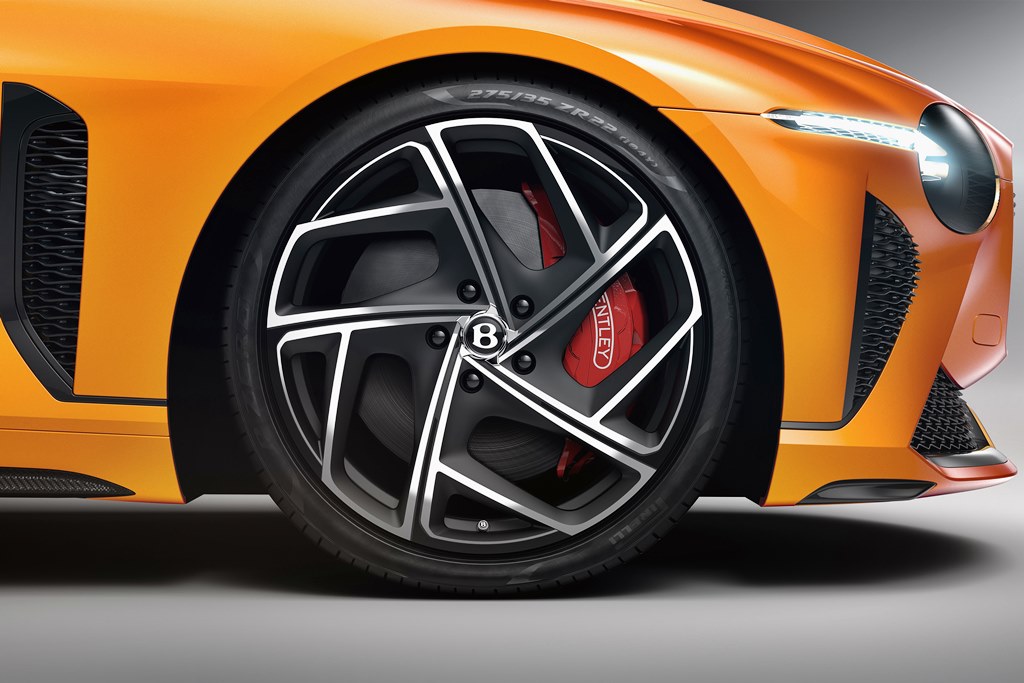
The centres of the headlamps were colour-matched to the Sunset Orange bodywork, either side of a set of gloss black grilles and surrounds. The bonnet vents provided a textural difference being finished in satin carbonfibre, as were the wing mirrors. Satin carbonfibre also gave additional definition to the ‘power humps’ behind the front seats – accented with Sunset Orange brightware – along with the side skirts and rear diffuser, complemented by exhaust finishers with gloss black outers and matte black inners.
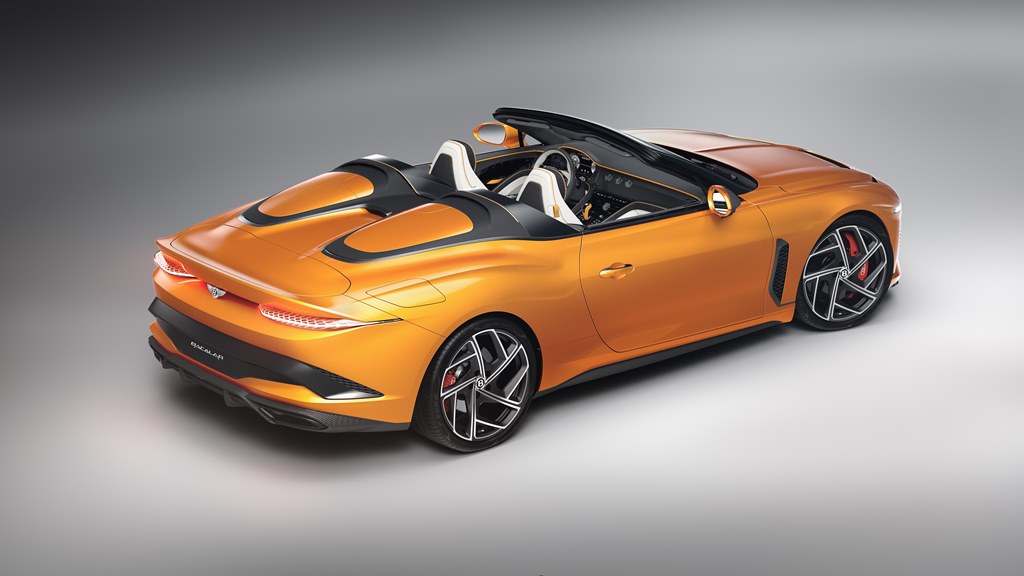
The customer chose a white and black cabin with Mandarin Orange accents, creating a striking contemporary interior theme. A satin carbonfibre technical finish encapsulates the occupants, sweeping from one side of the cabin to the other, matching the exterior technical details harmoniously. Every panel and detail of the interior was specified to the customer, through careful combinations of leather and Alcantara in white, black and orange, gloss and satin metals in black, dark tint and bright chrome finishes, and the twin usage of both gloss and satin carbonfibre.
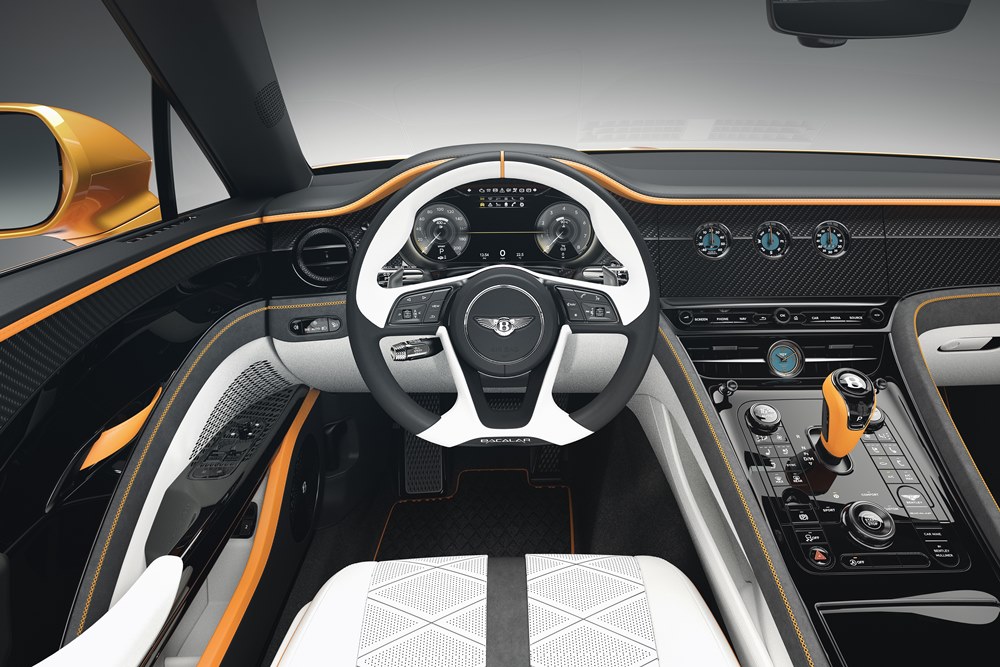
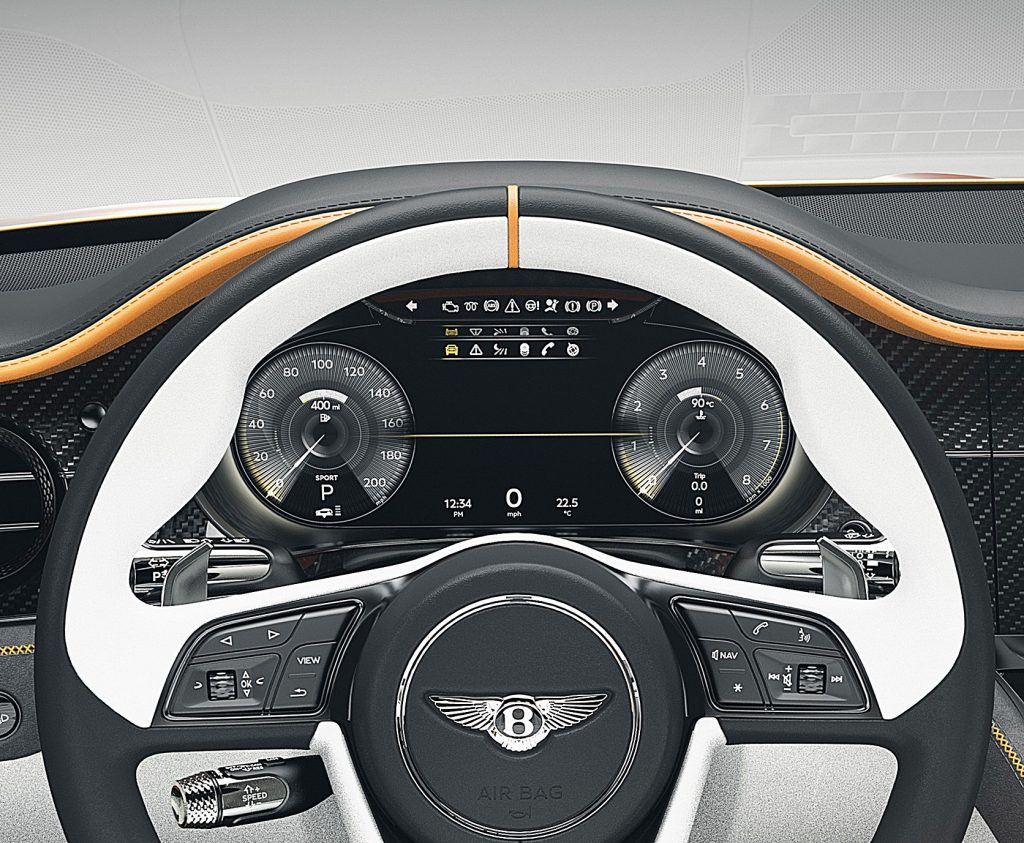
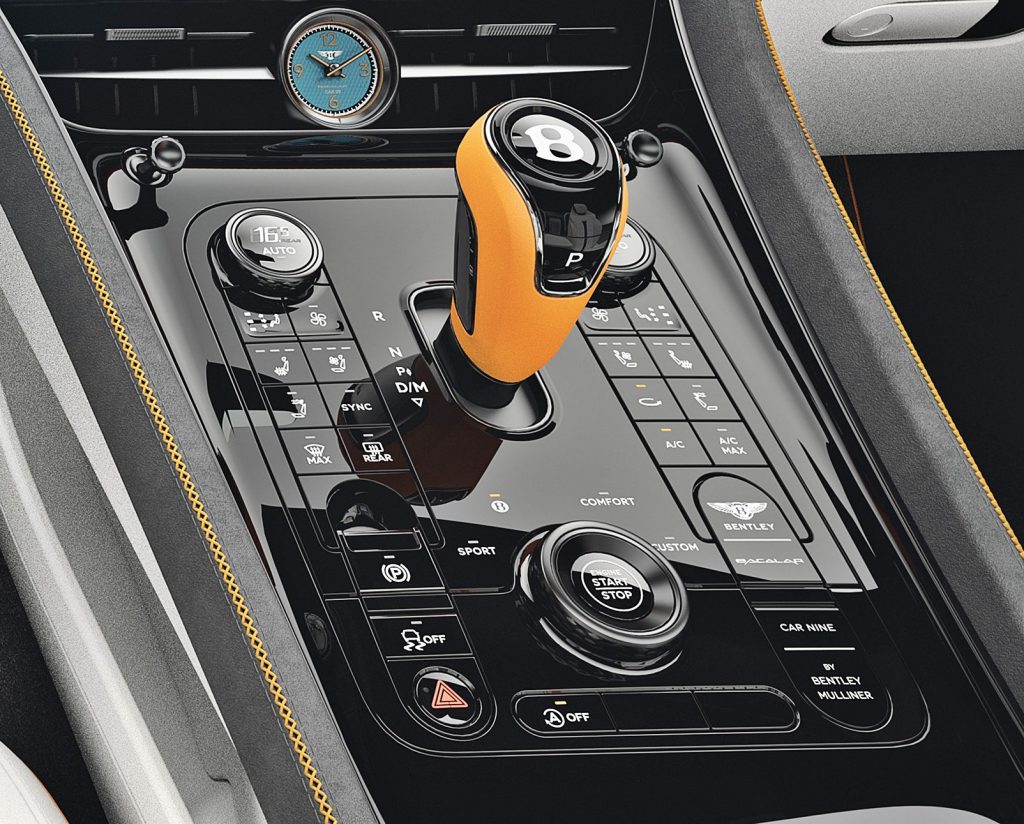
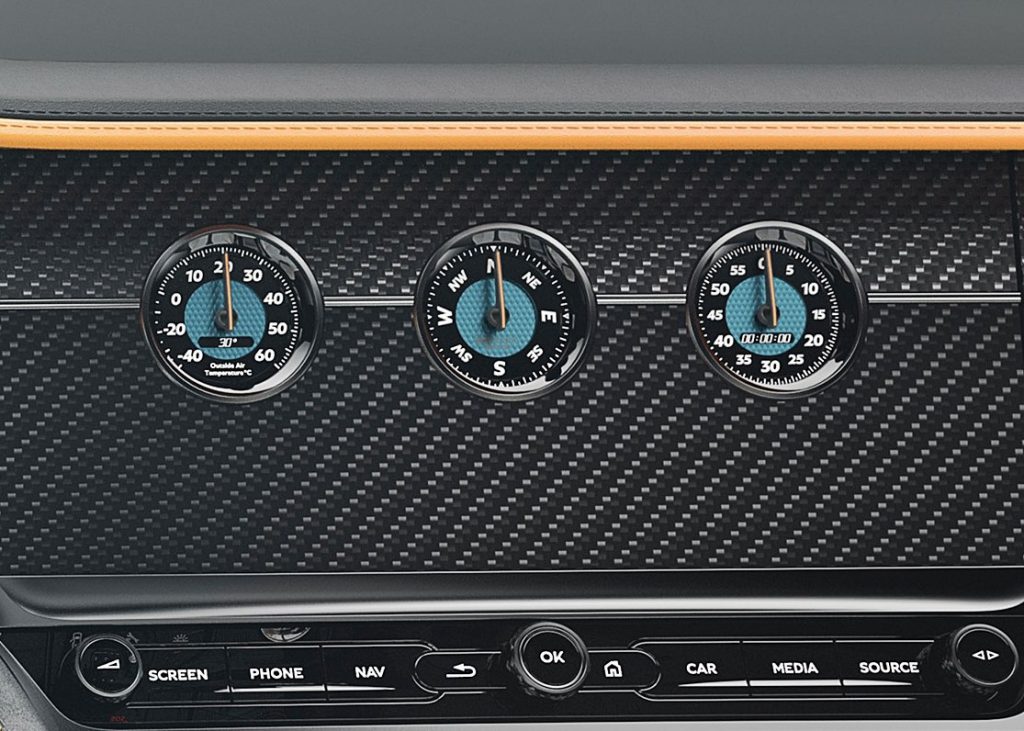
Mandarin Orange leather accentuates the form of the top roll, the centreline in the steering wheel and both the door release and gear lever. This continues with further stitching details to the rear of the seats within the oval perforated Beluga piping and hand cross stitching along the door following the styling line around to the centre console.
Other fine details include the analogue clock faces of the Bentley Rotating Display provide a splash of contrast in Bacalar Blue. The carpets feature a ‘diamond carved’ pattern, with binding and stitching in Mandarin Orange, while the split line between satin carbonfibre and gloss black in the luggage area – usually unseen and hidden by luggage – was specified to be in satin dark tint.
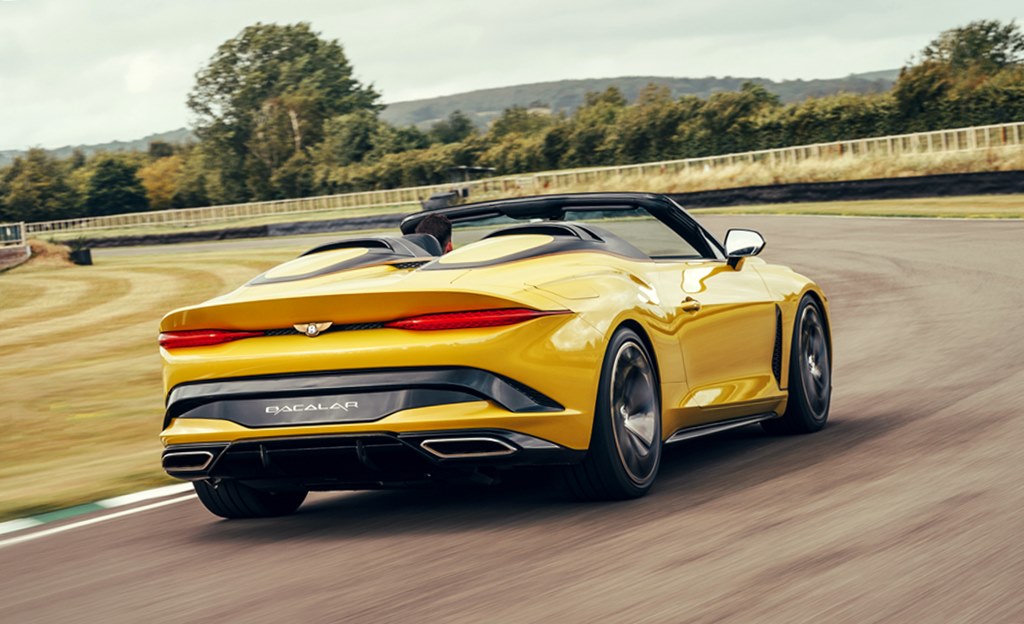
For each customer, personalising the Bacalar was ‘a voyage of discovery’, and this too applies to other models which are configurable in literally billions of ways. The process of designing a Mulliner goes even further – with infinite combinations of materials, colours and finishes. The only limitations are vehicle construction laws and the imagination of the customer… the cost is unlikely to be a concern.




